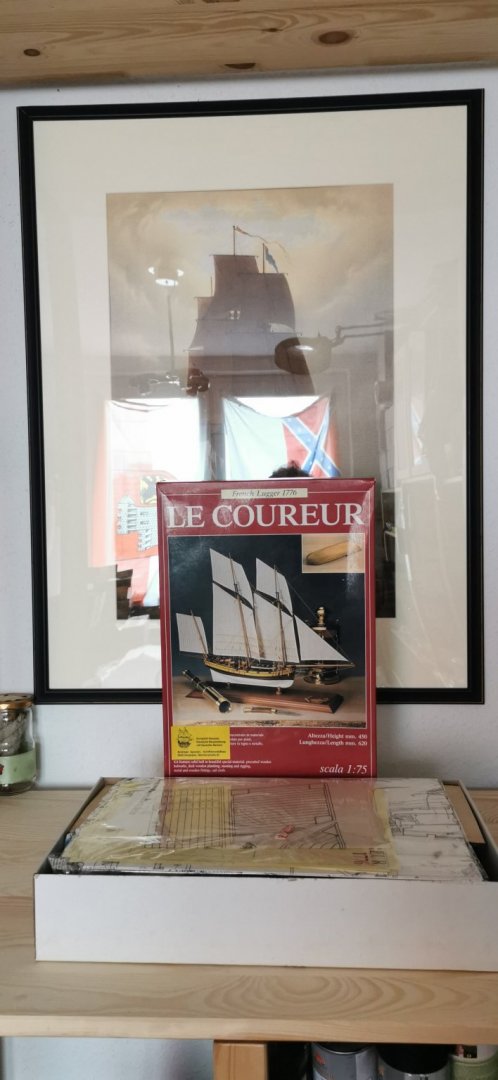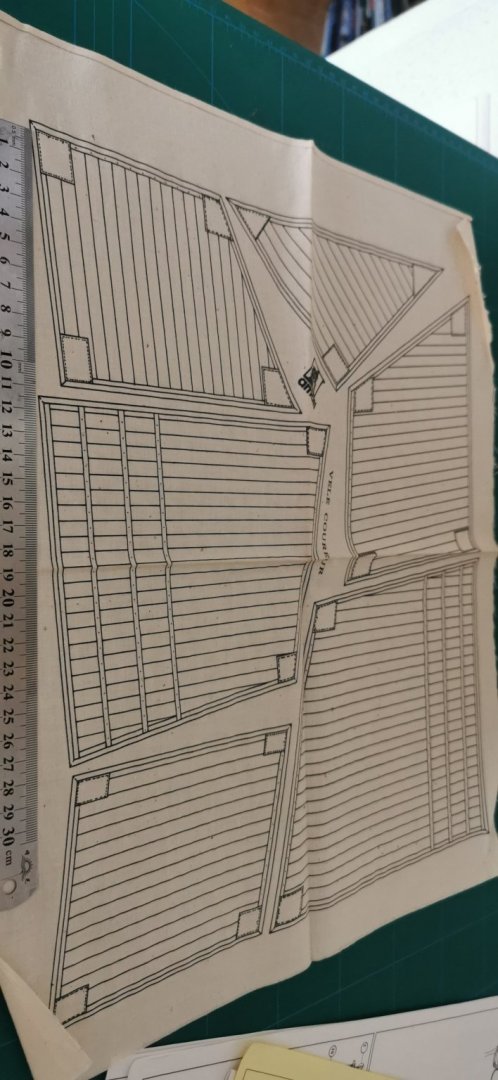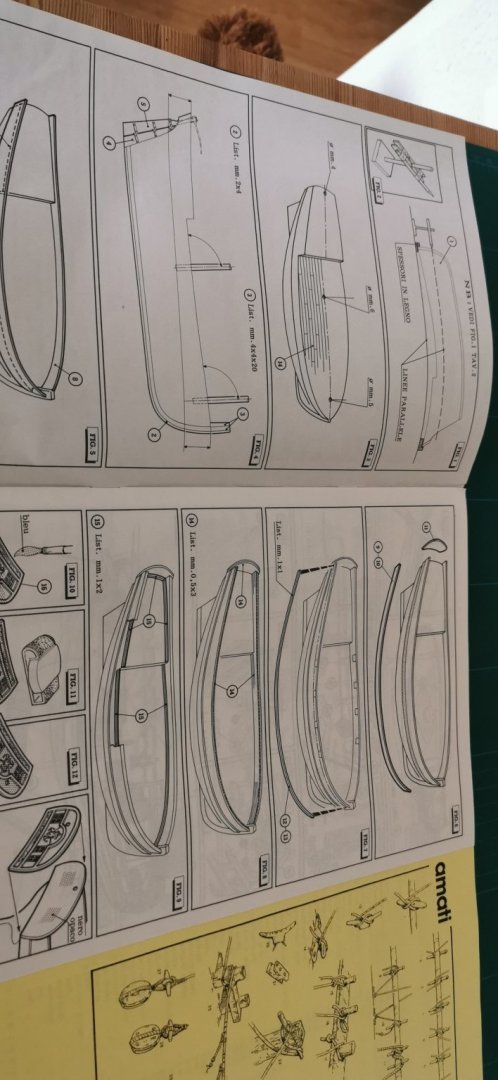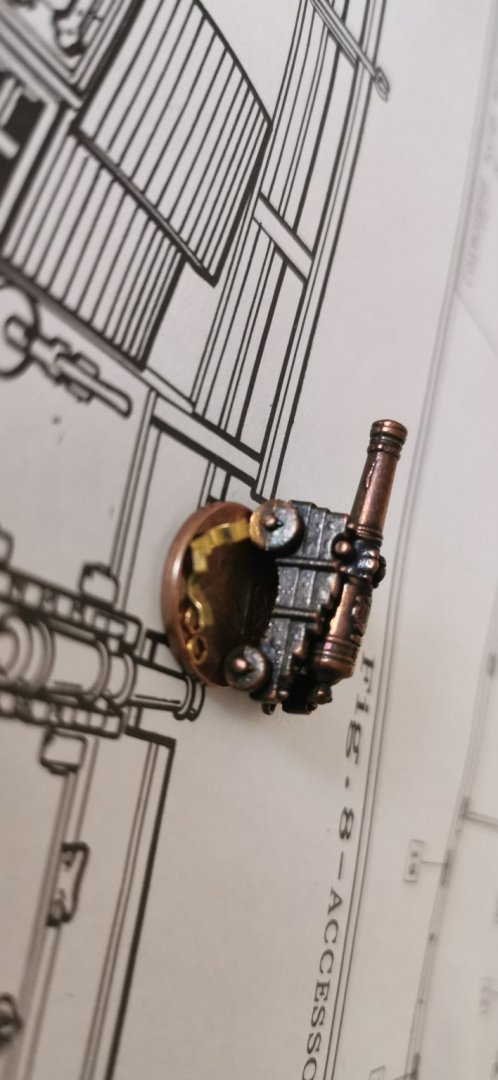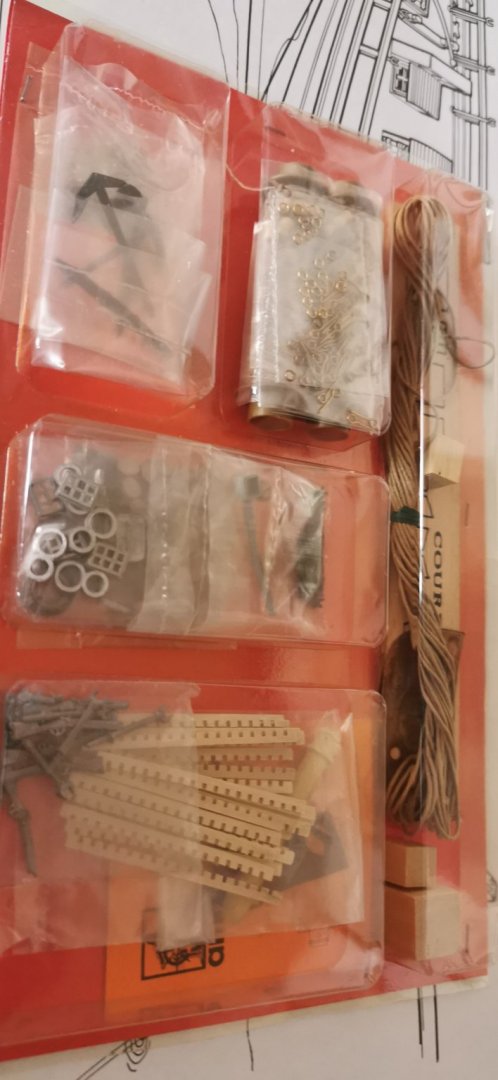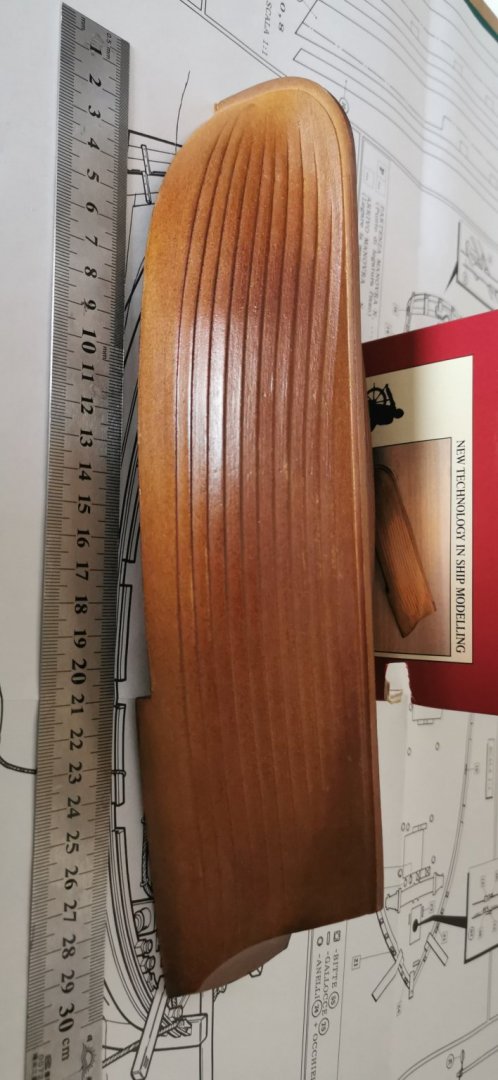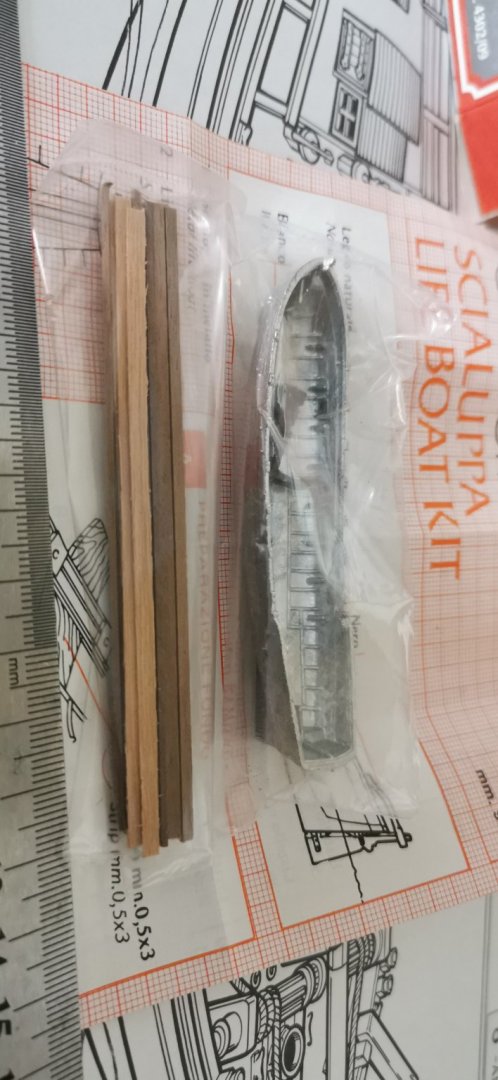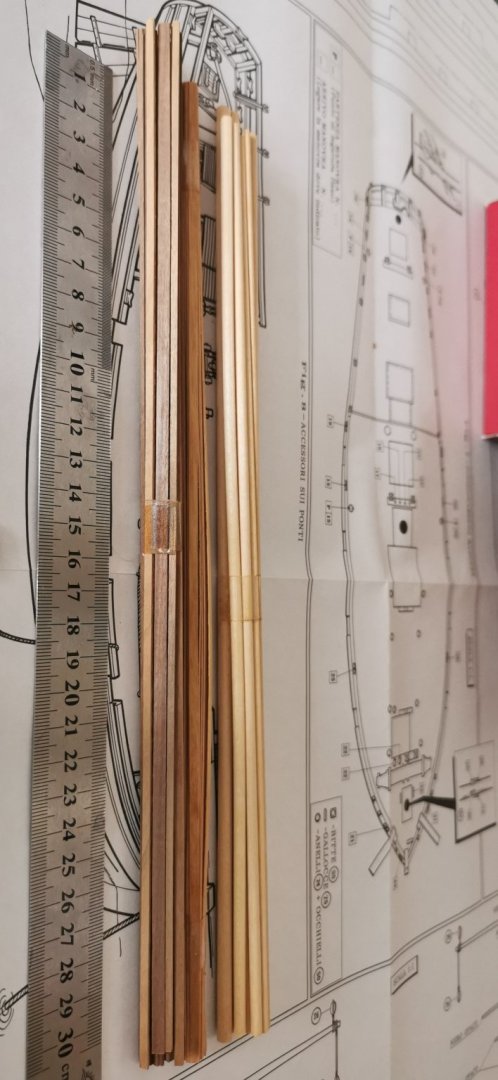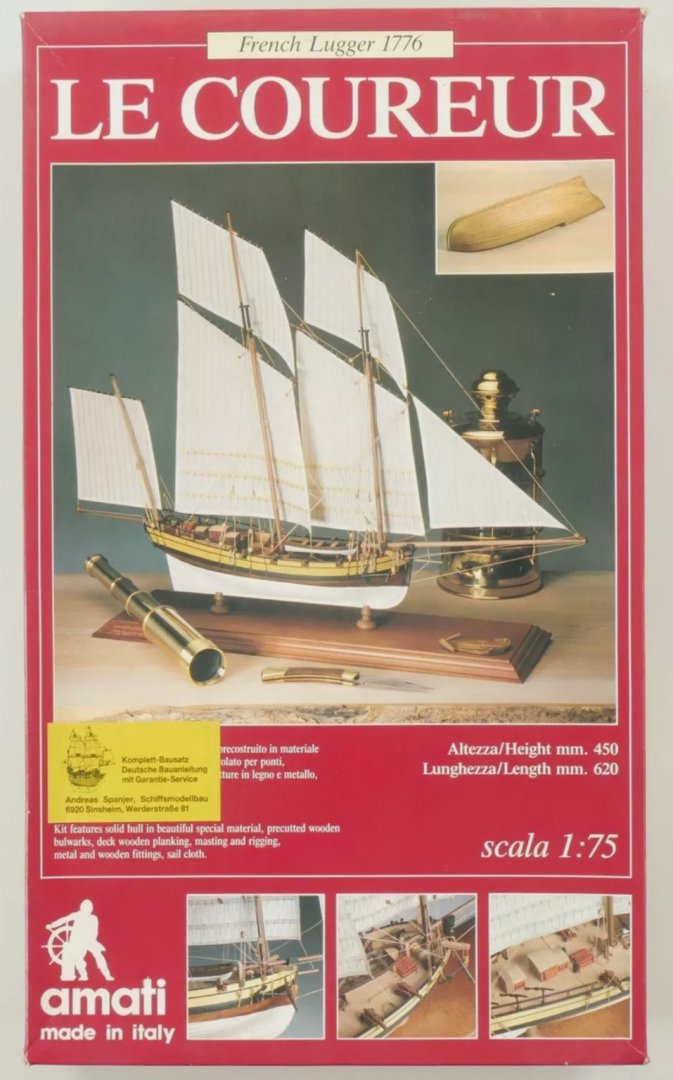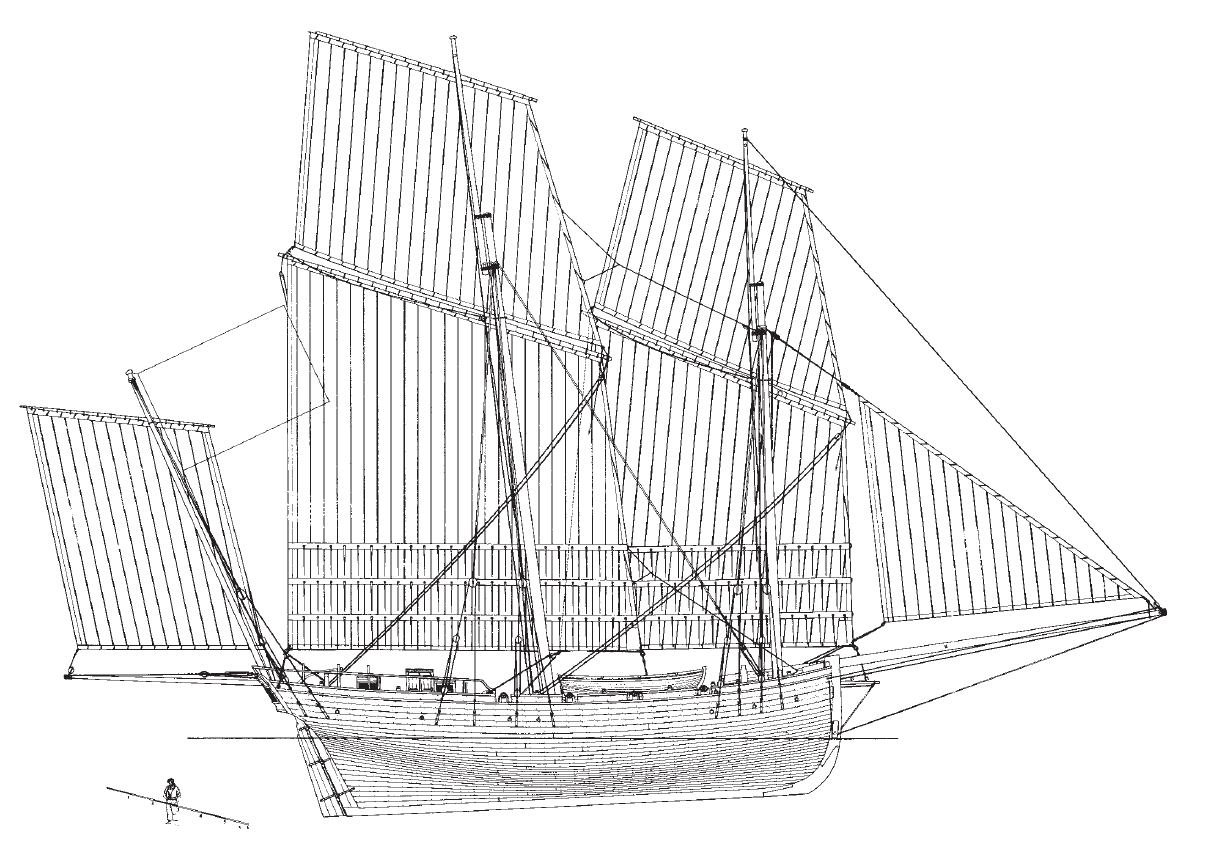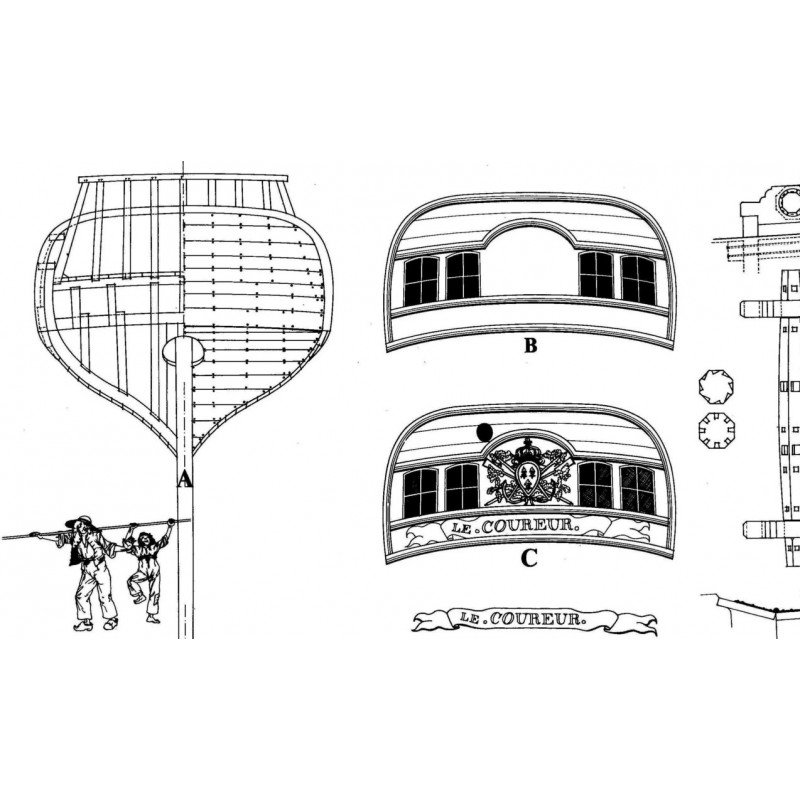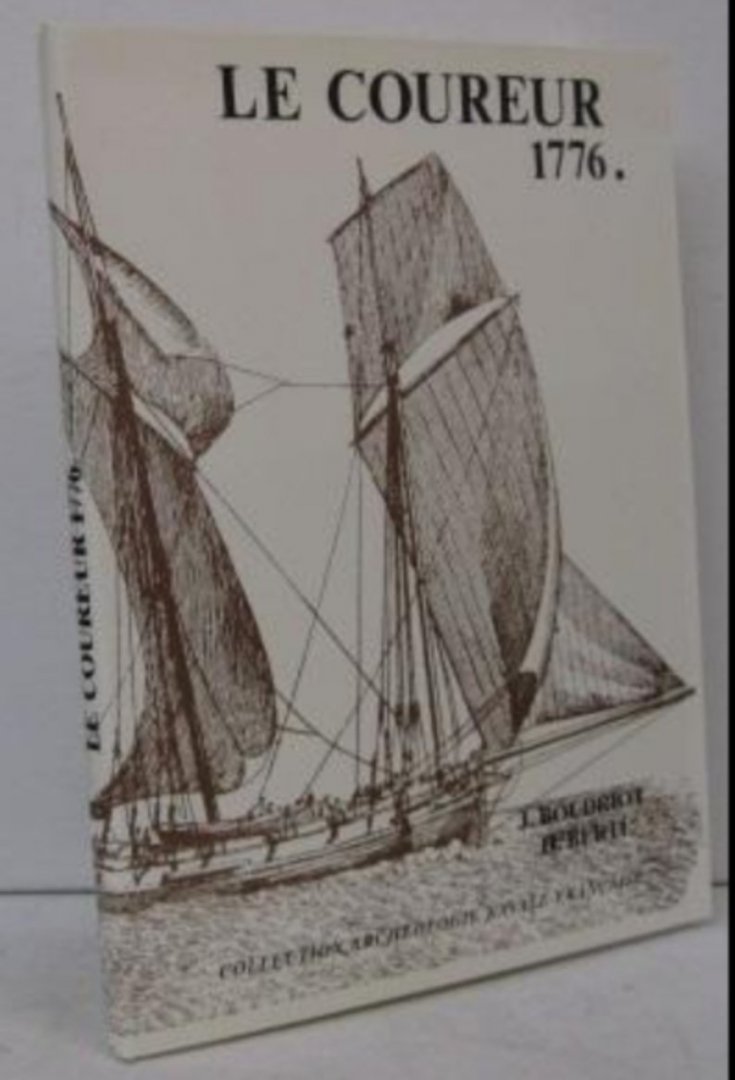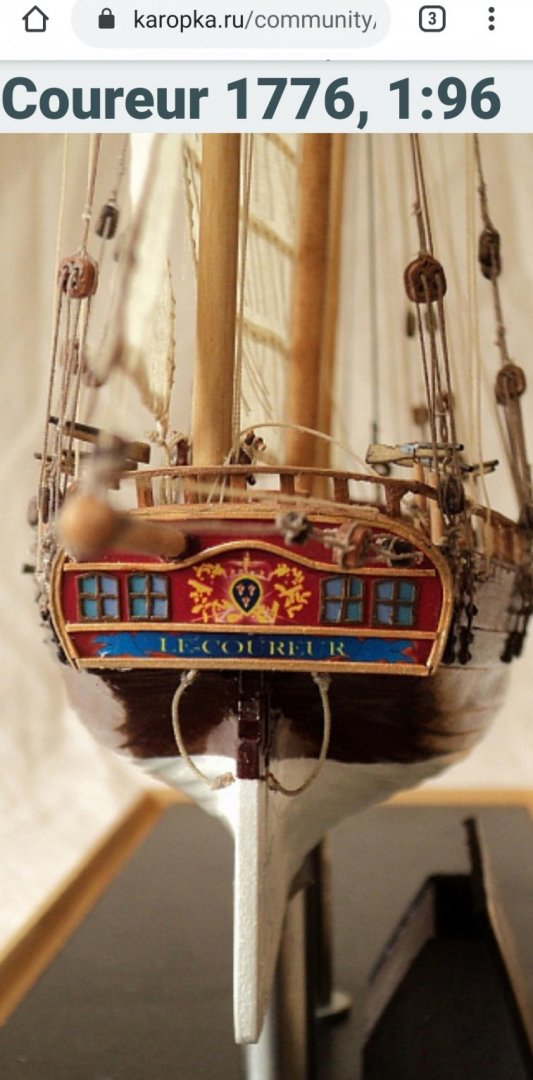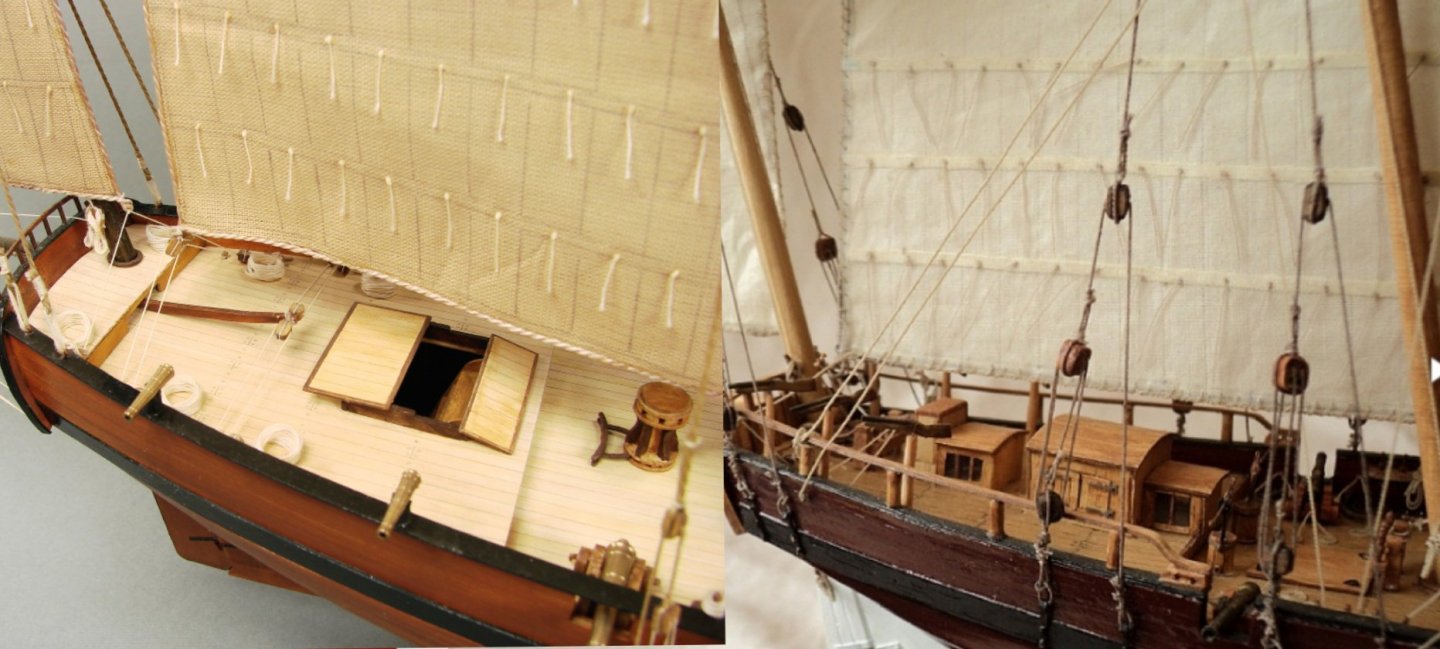-
Posts
533 -
Joined
-
Last visited
Content Type
Profiles
Forums
Gallery
Events
Everything posted by Heinrich der Seefahrer
-
That is an interesting point to look at Marc! Here two views of the Paris model it may help. I remember your fabulous ordonance and think I will do the same on a deck's level - as I do think there will be some light in the MD and the LD is seperated by the 7mm beech plywood I do have to paint mocca brown later on. Adding sockets for the fitting of the deck's halfs. THE LID'S ROPES MASS PRODUCTION I do think I will make the some 150 ropes for opening the lids from yarn. Looks easy but I think these pictures where the side of the hull has something like a "comical hairy moment" doesn't need to be. If the amount of needed yarn is stiffed by a little cheap superglue while haning down with a weight on it so it is getting perfectly straight. When dry you can cut out the right length and adding a pair of fine rings to the gunport's lid in the right angle to the rope. When adding a yarn knot to the ring you can cut it short at it's ends and add the stiff rope from the knot up to the lead cladded hole in the hull. Using a cross pinzette will make live easier. So you can work your way along the hole hull to add the lids in same quality everywhere alwas filling the groove between knot on the ring and holes over the lid. Working from LD to MD will make the work a lot less obstaceled and by this easier. What do you think about this idea? Is it practical to do so?
- 2,697 replies
-
- heller
- soleil royal
-
(and 9 more)
Tagged with:
-
Hello, short news in here to practical work: - the hull - the stands - the plans - the note's booklet did enter the new flat safely and in good healthy condition. And some sqms for workshop and gent's smoking room is available...
- 244 replies
-
- heller
- soleil royal
-
(and 1 more)
Tagged with:
-
Dear Marc, great work yo did. Cramping the QG isn't a good idea so your solution is the optical perfect way to go. A perfect way to feeding all the rivet counters and keyboard warriors* till they do burst on teir own fire and brimstine to this artic decision to go away from the plan. I do think you are completly right in this. I. Did you copy the top and below side of your final fit in pieces to mirrow them and reuse the done work on the port side for economically reasons? II. Ordonances aren't on board now Did you made a decision how to place it? One side ready to fire the other after firing? What is your olan. Adding the canons before closing the deck is crucial and is avoiding endescopial surgery on yout kit. There is no big problem for you to build every single carriage through the gunport - but does this need to happen? If yoz could dispense two further Heller kits you may buy this... I really like the way your build is done. WOOD IS PATIENT PLASTIC EQUALLY _______________ *
- 2,697 replies
-
- heller
- soleil royal
-
(and 9 more)
Tagged with:
-
Great job you did... It is allways a great moment lookingbat a colleague finishing his SR kit with all its obstacles to the builder. Aaaand as after the model is before the model what will be your next project? Something like using your deep knowledge of the Heller's SR-hull and its tricky nature so you are able to do some part scratchbuilding by getting her transferred into an other "vaisseau primeure rang"? There is ROYAL DUC later rebaptisted ans REYNE/REINE? There were two drawings offered by van de Veldes a typical and very detailled starboards aft portrait giving you a good idea of the transom ang side gallery... and the fantastic bow side view for the "rest" 😁. But Cedetic is still doing the very same project in Belgium. So you. may long for something different. ...by doing the job into a completly "new kid on the block" to all of us: ROYAL THERESE or TERRIBLE? Building the ship as a hullmodel without masts and rigging will save a lot of time (as I have been told it is a complet other kind of model) and as you do like special and individually made models to work on - this may be the right temptation for you, may not?
-
Hy Michael and Kirill, we all do start in a theme for the first time. There is no othervway then starting to read listen and learn. So the very same I did also to get the knowledge over the time. The way is the way to go. So ask and look foreward there is a plenty to learn. The Ideavof leaf golden plastic parts doeschave it's own interstingly aspect. Would like to know how you do this complex and fiddly job. (I still do use a bronze canned spray *duck&cover* to get my gold and bronze imitation) here the comparison between the china tea bone imitating resin and my Goldbronze plus Sepia ink. Two of them sanded and glued back to back make a start. And then brutally surgiany drilling out their spine will make the one side of the stand. My personal goal is always to get a bit more out of the box than the company put into the kit. Bashing is fun.
- 222 replies
-
- reale de france
- heller
-
(and 1 more)
Tagged with:
-
Here the recent situation on display as in situ at the galley's transom. and the "figurehead" went at top or is it correctly displayed over there? Ahhh my mirrowed L is also installed on the starboard side. And in the kit of a colleague it does look like this... so it is obvious that we do deal with the very same decoation.
- 222 replies
-
- reale de france
- heller
-
(and 1 more)
Tagged with:
-
Hy Kirril.,from MODEL REDUIT de BATEAU N°289 1987 P.15 this picture of the decoration of LE REALE DE FRANCE of the end of the XVIIth century - remakably there is a globus under the couronnament: Sorry for the bad quality but I saw this at storing booklets in my removal boxes and thought this might be helpful with its Very interesting is the starboard Monogramm is really a mirrowed L 👌🏻 Pairs of Renommees on clouds a pair of Tritons - all cravings made from poplar. And again covering the Apollo chariot from the Versailles' fountain. I decided to mahe the text banners from frostpaper been soaked in super glue so they are thin but strong and stiff. Here is a balcony's bulkwalk/handrail with very fine carvings. In the text there is no deeper information what REAL DE FRANCE is the concretely bearer of this decoration. As we know that the sculpturing very often was bequested/inheritanced from the older to the younger ship I do assume this did happen with galleys in thevsame way. So we may see the decoration of the 1666 prestige galley extraordinarily equipped. I would like to give you some deeper information but there is very little sentences about this particular item in this interview: Ils evoquent la decoration de la pore d'une la galere a la fin du 17e siecle : la "Reale", la galere du "General des Galeres"... I did with my rest of latin and common sense do translate very roughly as: >>(...) The decoration of a galley of the end of the XVIIth century is the one if LA REALE the galley of the General of the Galleys". <<. Anybody with proper knowledge of French may correct me, please! So it may be identical to our Heller kit and we are in the lucky condition to figure out more about the survived decoration and sculpturing. As I do not now it better the kit is in it's box... ... I do think this may be the figurehead or a decoation on the front of the officer's handrail. Perhaps this beautiful arrangement is still on display in the Musee de la Marine and there are newer and more detailled pictures on Flickr or anywhere else to support your building process. What do you think about my ideas?
- 222 replies
-
- reale de france
- heller
-
(and 1 more)
Tagged with:
-
Hy Marc, I was told by the chemistry doctor Kremer that the vermillion red was much too expensive for a hole hull so minum (lead oxyd) was in use - this was also available in several shadrs by adding black brown yellow or painting it over a whitened surface. Dr Kremes was responsible for the pigments of several Dutch reconstructions of sailing boats and is very well aware of the cost of colour for... hold your breath a moment... a hole SQUAREMILE of surface for a threedecker ship to be painted. So the kutcome may be the very same but the material input isn't that exclusive and luxurious only inside in the officer's and admiral's, he suggested the use of expensive materials for personal presentation. As the beautiful made graphic parquet suggested in this direction very much. Her a side look from MODEL REDUIT de BATEAU B°289 1987 page 26 a picture from the MdlM of the Tanneron model. It shows how well craved and sculpturic the horses were and how less care Heller put into a well done reproduction of this ship - adding two seperat casted horsesvwould give a completely better effect. Hope this helps a bit with the detailling of the complexity of the Apollo chariot in the Couronnament and it's sourrounding details. Sorry for the bad quality I saw this at packing my removel boxes and took for Kirril and you two fast shots.
- 2,697 replies
-
- heller
- soleil royal
-
(and 9 more)
Tagged with:
-
Yes Kirill, you are absolutly right for paintings and non swimming models for museums and the navy board... but in contact to salty water, rain and waves in real water we do discuss something completely different is may point of view in these harsty conditions at the outside of the habour thinks do change dramatically from healthy to worst. So I got these information from Dr. rer. nat. Kremer who fitted out several reconstruction society's ships with pigments oil and knowledge. Here his website: https://www.kremer-pigmente.com/en/ THE CLASH OF KNOWLEDGE AND OPINIONS* As you do not know a lot about good historical discussion you do stand your ground very well - and I do appreciate a healthy thing like a late night bar fight using woodennchairs and entering the hospital in a group afterwards. 😉 https://www.scalemates.com/kits/heller-1301-la-reale-france--168013 I really do think if we do accept everything that is told us by the model kit companies (here since 46 years) in may be never upgraded instruction manuals we do not model ship building or even historical modelshipbuilding - I would only do "kitsglueingtogether" as I did before. And as you, Kirill, do long for the extra mile for detailling I think you are willing to look on the for some most unloved side of kit bashing - the research work being done to get the kit transferred into a mostly historical correct model. (As one of our German top modelbuilders wrote "no model is perfect". All of hist models in museums are with failures - he agreed - in one the only door to the main deck cannot be opend totally and in the other the officer will run directly into the mizzen mast leaving stairs upstairs.) So these is human work - and errors do happen. So if mankind wants progress errors are the price to pay like every few years some pair new shoes if you do trecking. TEST ROW OF ORIGINALLY REDONE PIGMENTS FOREWARD OF US I just ordered small amounts 100gs of colour pigment (red, green, blue, and black) for testing on cut oak and poplar sheets with leenoil. So I can tell at the very end hopefully exactly about the aimed for and gotten results in a few weeks. Than we are after "icy/cold St. Sophia" (14.May) and I can go into garden and take pictures of the gotten effect in bright daylight. Till then I am also very doubtfull and your argumentativ path is really good. LITERATURE As I do belief in books, progress by knowledge and mind changing literature I do own some books or being more exactly 6.6 tons of them. I do own several books about the colours and two in particular to the beautiful colour blue. So this above one of them for about 70 Euros was purchased. You can leaf through it online: https://books.google.de/books?id=ZZWFDwAAQBAJ&pg=PA3&lpg=PA3&dq=müllerschön+die+farbe+blau+deutsche+Bibliothek&source=bl&ots=AK_TzCe7vm&sig=ACfU3U3N3FMoHrUFUsGu0kUMMaNWifZ7Hg&hl=de&sa=X&ved=2ahUKEwjZ0on7l_3uAhWIO-wKHRVAAxwQ6AEwD3oECAkQAg#v=onepage&q=müllerschön die farbe blau deutsche Bibliothek&f=false To my horror, all these books they are boxed for removal in between named boxes "Ship N° 1" upto "Ships N° 22". So we have to wait. Sorry for this. But I can't reopen every box to search for them. So I do appreciate your kind intrest in my detailing links very much as galleys are thebgreyhounds of the baroque and I still do look for some much smaller and more often build prototype - a fellucca with four to twelve pairs of ores. In this book is a smaller galley and also a good set of plans for a scratch build less detailed and less expensive and Gerhard Delacroix's FLEUR DE LIS for 160 Euros - but you get what you pay for - what you don't pay you wouldn't get. ThevAncre monography does deal very precisely with one particular ship the other book does give an opportunity for building a single ship not that deeply researched. But the Mondfeld is a small first entrance into scratchbuilding a french galley. The Mondfeld's book does give an overview of history functions building techniques and designs for about 30 to 50 Euros incl. p&p. Hopefully you are not attacked by this long text - as I just haven't got the time to keep the sentences and thoughts short. ______ *...not "onions" stupid spell checker programm!
- 222 replies
-
- reale de france
- heller
-
(and 1 more)
Tagged with:
-
Great to see you building this old beloved ship so long after my box with models felt downna stairs destroying my youth's fruits... As I figured out there is a museum's model right beside the original VASA wreck in Stockholm - hope you do find this helpfull for your colouring: There are several books available on the theme. I do not know if Airfix updated theirvcolour instruction to the stand of the historical art's progess - The very last I knew aboit the instructions was giving us this. By the way the VASA sunk on to penny picking: So as the barbed bolts weren't used to nail the orlop deck's planking down they were changed by cheaper ordonary nails... ... so the ship listed... ... the ballast started to move... ...managed to get lifted the planks above and... shifted completly - sinking to proud of the fleet (nearly) right into our hands.
-
Hello bosco, I never thought to see this kit built in such a quality built. Thank you for the sharing. Great work and research you did!
- 265 replies
-
- Golden Hind
- Airfix
-
(and 1 more)
Tagged with:
-
Thanks fot the answers and questions, Kirill, certainly it does look phantastic and were are used to belief in the sources so we might find a historical accurate way to modify the kit. But for generations the VASA has to be a blue ang gold model as these were the colours of the til today relevant Swedish royal cote of arms. But as the rest of colour on the wrecksite gave evidence to us... ...she was mainly red as the main model beside the original VASA (in the background) in Stockholm tells us. And the same turn around is at SOLEIL ROYAL, to - look in here: Here the direct link into the bauty of the sunking's ship decorations and historical reasons and evidences. If you do stay with your absoloutly beautiful blue colouring I am fine with it. Go straight forward with the build and impress us with further examples of the art of modelbuilding you do show. I do absoloutly love it. As there is only one galley called "extraordinare" you may be very right absoloutly. Here two further connected relayable sources I digged out some in here may not know : https://ancre.fr/en/monograph/106-la-fleur-de-lis-galere-1690.html http://b.rimlinger.free.fr/galere27.htm What about the old idea the hull was covered with blue fabric and the fleur-de-lis were there to keep the blue linen (?) cloth in place? As I figured out to be seen in here and better in here: Hope this was helpfull as your argument of "Wealthy men could afford everything." is a absolutely a very very strong argument indeed. In Venice was a salesman who came to partys with a leaf golded nose. This was to the German merchants as impressing as there is till today the saying: "sich eine goldene Nase verdienen" (to earn yourself a golden nose on s. th.). And nothing is shure than death 'n' taxes - so the sunking only had to tell is secretary of financial affairs to turn the tax screw... So there are your arguments what do really look right. But the most important thing is to keep the fun innthe hobby not beating it out like sweets from a Pinjata. P. S: ...same today: in Germany we pay for sparkling wine till the 09.V.1902 an extra tax being introduced for financial back up to the Hochseeflotte of her Majesty Wilhelm II. who wants to beable to withstand the Royal Navy - not the German merchant shipping on their routs depending on the British good will alone. But also the fleet was being feet with it was scutteled in 1919 at Scapa Flow... So in my oppositional oppinion to Merkel all the money of the last 102 years has had to be given back to public* OR we do rise and rebuild the last wreck SMS KRONPRINZ WILHELM to rebuild her and start to build a museum and national monument for these unmatched German fleet. Getting grumpy on this theme. ______ *Hahahahaha... but we could tell you how many mony did came in due to this tax on pound/shilling/red penny. ** ______ **Writing at all was invented 4500 years ago for only these purposes - "the next important invention is the electrical guitar in 1951" (Dr. Irving Finkel, curator in the British Museum London for cuneiform tablets {as ge told us for the next 500 years} watch him. at youtube and pick up a smile).
- 222 replies
-
- reale de france
- heller
-
(and 1 more)
Tagged with:
-
As I only have got a not absoloutly but closer contemporary Tartane's Monography on hand. Due to this I can post the detailing of the mastheads and some blocks and details for you hoping this does do some help to you: Here the source as you certainly know it. The mastheads in detail and theyr connection/joint to the mast The "yards" and blocks as being made for a smaller ship as a Tartane was. Here the blocks for lifting the "yards" and the rounds keeping the "yard" close to the mast. I just hurried into the booklet picking out the pictures. If you do need further details please do not hesitate to ask for it.
- 222 replies
-
- reale de france
- heller
-
(and 1 more)
Tagged with:
-
I do like your build very much - the hole golden panels may get a bit more crisp by adding a carefull drop of brown or sepia ink into it's "valleys" pronouncing the deep and shadows, you ever thought about this? There was only one prestige version of the 12 galleys wearing the name LA REALE DE FRANCE (1538,1639,1668, 1669, 1673, 1679, 1683, 1723,1734) and this extraordenary prestige was build in 1662 - so we may have to deal with this third old galley and the circumstancrs of baroque colouring and pigmentations of colours. As I "found" her in my stash of modelkits I am very pleased by watching you at your built looking for all these astonishing fiddley details awaiting me, too. I am a bit doubtfull to the huge areas of blue colour at the hull and so deep down to the waterline as the expensive blue pigments were simply rubbed away by the floating water when the galley is in action. But this oil painting tells some other contemporary story... is it a realist picture or a propaganda product topraise the sunking and his Mediterranean fleet? This is a Baltic Sea Russian galley with a wooden planking above the white... ...and some Mediterranean galley in a cheap minum pure red - I a bit playing with all these opportunities to find my way to "right solution" - and so I am fascinated by your way doing it so believable. Here I am at my end as all my literature is boxed till my removal is over - I do have at hand books about Chebexe Tartane and other latin rigged ships of the mediteranian sea. Hopefully untill thuesday I will made my way through to them and add these pictures hopefully helpfull to your build. I have to admit I do only own German literature and have to figure out these termici technici I do not know as I didn't learn at school. At Hamlet Act 4 Sc. VI there is only one sentence about naval themes: SERVANT "Seafaring men, sir. They say they have letters for you." 😜 So your building is very inspiring to me and if I can give any helpfull advise from my literature about Galleys by Mondfeld and Paris I would glad being supporting your great build.
- 222 replies
-
- reale de france
- heller
-
(and 1 more)
Tagged with:
-
I do like your build - the hole golden panels may get a bit more crisp by adding a carefull drop of brown or sepia ink into it's "valleys" pronouncing the deep and shadows, you ever thought about this?
- 222 replies
-
- reale de france
- heller
-
(and 1 more)
Tagged with:
-
Thanks Marc, for this important warning and heartwarming advice... and yes I ordered that expensive powder stuff and I plan to use it intensivly - but on oak boards to get an idea of the real effect of the real thing under real conditions. So we all get a realistic feeling for the colours and surfaces we dealing with in scale. I don't like to grease my hole model of plastic into colourfull oil... ...not my way of getting to a sufficient cup of tea. 😉 But I understand that you are froozen by this horrible idea - and yes I didn't point out enough not to do such a stupid creative thing. You have been right to be shocked. So doing it on oak boards I hope to be able to show it to all of you. Due to these sata I will then try to achieving the quite same effect on plastic by mixed acrylic colours. This isn't only for me and the SP1693 it is for public and the further projects. These results can be used by everybody of us for the hole baroque era afloat. On the other hand I can try out the mixtoures for the figurehead because I am not longer shure the staint was purley leaf golded - he may be coloured very skillfull and colourful as your transomnstarts to turn out. So I dothink about a golden white tunica and a black ang greenish demon he is riding on. So we may start to say "good night" to this traditional colouring we were grown up with from books from the 60th and 70th. So as we were used to think of a golden 'n' blue VASA as we grow up with this images - but it is fading away. So it is replaced by a coulourfull late Renaissance/early Baroque appearance that was found in very little amounts on the recent wrecksite. And we now know that the king ordered more and more ordonace into the hull but thus didn't sunk the shio. There were barbed bolts keeping the planks over the ballast and these were replaced to cheaper and smooth nails. But these didn't take the force of the moving stones below and came out so the ballast moved. This was the real reason the ship was listing into it's wet grave for 300 years... my first example when stinginess causes a catastrophe coming to my mind when a customer asks if he couldn't get it cheaper. But back to the SAINT PHILIPPE 1693! Yes these red is very bright and "orangey" on the model AND i don't like it very mu h - even thinking about southern French sunlight of the Mediterranean coast it bites in my left left eye much more and this is Baroque not Impressionism! So the idea of darkening the minum is a good one this may be done by the linseeoil and the oak's rosin without any other additives. Also the yellow will be not so aggressive and more quiet and closer to a golden illusion - due to this both together should give a nice majestic impression. Aaaaa Gold... our idea today is the nickel alloied gold coming from SouthAfrica till 1902. So our baroque gold is mostly Russian or LatinAmerican and that is an alloy with copper - so the shine is more a red shade. I will do some eesearch for the underlay for leaf gold in the Baroque to figure out what shade it will bring in. Only Iranian mosques roofs were so solide cladded by gold that the fantastic light blue ties completly disappeared and didn't shine through*. I will went to a completly white hull with the red part atop due to this technic I will avoid the discussion on the right placement of the CWL - as she is invisible... ...hopefully this will work out. I do think of overdoing the kit with details - certainly I do this too. Who doesn't!? But I think of giving her stumps of masts to create a hull model and the next kit may be a rigged version - so I can slowly come to these very complex combination of pulleys that make the hole rigg movable. And there is a five disked block in the MD for the main yard. So there are enough places to work on and challenges to master. _____ *until the 80th when the stored gold was removed from the roofs to be used to help the war orphans and families.
- 244 replies
-
- heller
- soleil royal
-
(and 1 more)
Tagged with:
-
Hello, yesterday I had a phonecall with MrKremer, Dr rer. nat. from Kremer Pigmente. And he told me our French baroque red wasn't vermillion as I estimated by me an Lemineur noted in the SP 1693 booklet - it would be much to wxpensive for half of a squaremile of estimated surface to cover... There had gad been alternatives all around and even in the baroque era the did look for possibilities to lower the price. (A restaurator working in Museums and Chateaus told me often only the face side was intarsie finest done with all workman's hand craftship and then ste sides were neglected as the patrernnwas only paintel on the surface and astonishingly the wallside and underside were sometimes a carpenter's gifts graveyard with inforgivable rozghness hammered together - as the customer didn't want to pay for it. So this chosen solution was the much cheaper and longer holding MINIUM or Lead(II,IV) oxide. Due to oil it is mixed into it allways gets darker. And it can be added with an ockre yellow to get it to some kind of the direction of lighter more to orange. But we have to keep in mind these colours are all mixed with leenoil on oak. The second depression was it is not lapislazuli that was used not even for St. Mary's coat - it allways was Azurite. As it is a blue stone being much cheaper than the imported from Afghanistan Lapislazuli. So I ordered little ammounts of Azurite, a powder adapting the very effects of leadwhite without beings such poisoning. Verdigis for the floral effects. So I have the job to try these original colours out on oak. And a black for the mixtoures. Dr. Kremer told me the tar from below does work through the lead white and any other colours. It is a pitty but as the plane modellers spray all of their joints dark grey (termicus technicus "preshaing" as I learned) we would have to do, too, as the tar is been soaked up into any colour from below. What a pitty only freshly painted ships seem to have been free of these stripes. Dr. Kremer does sell pigments to artist and restaurateurs d'art all over the world and is also in contact to several owners of antique ships that do purchase their original colouring at his store. He was very kind and helpfull. In my email I also asked for black bigments for darkering the nails against the white of the hull: And he told me the figures were painted naurally in skin colour and gold and shadowed (like a wash) to give them much more deepness. The third depressin was that the figures are perspectivilly longered and shortened towards the usual point of view of a visitor - as mainly from the waterline to above. So I do decide against this "deformation progress" my viewers do stand directly vis-a- vis the model... but historically it is a fraud. Still struggling... What do you think about this change?
- 244 replies
-
- heller
- soleil royal
-
(and 1 more)
Tagged with:
-
Here again a critical look at the flat of the SOLEIL ROYAL from Heller and a comparison with a scaled frame drawing for all those who would like to dare to venture into this break. At the moment there is an ambitious conversion project to a historic SR in the USA by Marc and a newly started SR by Steve from Downunder. I will watch carefully to learn from. So again a model maker is taking up this historically correct path and has announced that it will no longer color its SR in blue either. World is sometimes also changing from the better to the best. Our Belgian Cederyc who rebuilt it to LA REYNE from 1671 based on these two vdV ink&wash drawings showing her as the very link of leaving the much mor bent Dutch way of decoration into the Italien style free standing sculptured figures from poplar right into the French way of life and bringing a "kind of armed shoe box"* into our mind... slowly making progress because of the relocation of the building's own wales being a big obstacle for progress at the hull. An just me, the German who wants to cover the hull of the SAINT PHILIPPE 1693 with a completely white hull without detached wales and with a vermillion red Upper Deck's friese of decor adding heradic symbolic batches on top of the MD and above a lattice grit with fleur de lyse in it. I have to remember tat the (even lightened mit yellow ocker red was still darkened by the linseed oil). I added a triangle ruler to the lines plan to give you some impression of the size of the project. So you can see the 10 is at the keel's underside and rising up to 208mm hight at the hull's side towards the hutt deck over poop. L. F. is the bent CWL so we do look onto the horizontal keel. and a picture of the flat to show how much changes have to be made with this kit's underwater part. I am not happy with the shape recently and have to get rid of this line coming out - by sanding... ... but what stays is this very sharp edge in the kit's surface form the planked towards the smooth surface that runs me mad till I got a first look onto the hull of the kit when opening this fantasticly large box. Here the testpice simply rough and quick can sprayed white and the other part red with a simple pice of card board added to give you some idea if the coulouring I am aiming for in particular without any CWL. The Vermillion Red, the Lapislazuli Blue and the Lead White and I think some verdisgrin green will find atheir own recovery by trying to replay their manifestation and their behavior in comibation with naturally pressed linseed oil on oak and poplar to get the best hidtorically correct assumptions for their way catching our eyes. Edit: Ohhh no I didn't run mad and worked with a dwarf's axe on the kit this is a kit pice I got sent by Mark for shape and testing purposes. I do appreciate it very very much and do think it will be very helpful with the first testplankings and adding a right joint to the surface of the wales hidding the villainous join to the public eye. *Children do drive honestly the truth to us.
- 244 replies
-
- heller
- soleil royal
-
(and 1 more)
Tagged with:
-
That sounds interesting, Marc, thanks a lot. So but what about the forces of the recoil the timbers are quite light to calsch a fiered 24pounder gunbarrel with its oak carrigage both together will weight several tons. Compared to the cut of a frame taking the same forces in the MD the transoms timber looks quite fragile. Edit: And it is the as I thought the transom timbers are weaker than the frames. In numbers we e are at 4,2×4,2 mm = 17,64 sqmms vs. 3,8×3,8mm = 14,44 sqmms. What to do with this information? So if 17,64 is the regular number used to vatching the guns recoilment force regulary than 14,44 can be sufficient to be used? But what do you think about these numbers? Has Lemineur quit his complex conszruction in the next edition? I pictured both parts and added them side by side in scale to show the difference. But if we take your idea the gun to pointing through the officers toilet - that sounds like a great idea. So I will move the door to stem as the gun crew would have to avoid hitting the stanchion directly infront of it's gun's muzzle. All we have to change is the hight of the window sill - or the hight of the wall inddr the window's pannel getting them in line to the gunports underside. But all in all it is an interesting and plausible and resonable idea... I will keep this in mind my only question is where wrre the 24pdr guns stored in between?...not to annoying the officer's beloved shining wooden parquet? I will copy athe crucial part of the 1/64 plan again cut out the gun and try it out - where to place it. b. t. w. there is no toilet seat in the "chamber of relieve"... 😬
- 244 replies
-
- heller
- soleil royal
-
(and 1 more)
Tagged with:
-
So here we are again... GUNS N° 89 AND 90 As I am doubtful about the Lemineur construction of two gunports into the row of windows in the transom - mainly due to the forces of recoil onto the light structure behind the the transom. And sencondly due to the moisten and wind comming in the officer's accommodation due to gaps arround these lids So I decided to do a walk around and try out where elese these last two guns could have been placed. There is in the booklet of SAINT PHILIPPE no spreadsheet about the ordonances grouping after pounding. So I can add a pair of barrels to the light as to the medium ordonance - only the 36 pounders are questionable. I. POOPDECK But to start with the less historical solution I think about to add the pair of barrels to the UD on the poop. As the side view doesn't have a fourth ring round gunport it is highly questionable but will satisfy any barrel counting child infront of the show case. Here I simply added a copy of the other gun ports into the estimated place.It is a much more discreet way to add a pair of ports into the hull than by cutting an integrated gunport into the transom forcing you to alter the hole construction. I have to admit misplaced it a bit towards stem in these smartphone picture manipulating app but please take it as a coloured scetch. But I must remember it is in opposition to the original sideview from 1692 so it is my line of retreat. II. BREAKHEAD BULKHEAD As we donat have any historical drawing of the breakhead bulkhead I am free to place the two guns in the breakhead bulkhead as just a second pair of gunports to the front. Duing this I will have to removel the stairs a bit or double it. By this I do eleminate these questionable solution in the transom turning it 180°. So there were some historical examples of breakhead bulkhead with four gunports in the UD. Keeping the other two in the MD we will have a proper solition with a real heavy armament to the front. Here it looks reasonable but if we follow the question "Could this really have worked?" as I like to ask. So here are these troubles I do run into: There is the catheads ends that would stop the recoiling gun's carriage and turning it's way towards the centerline. As we have no evidence about the breakhead bulkhead's shape this doesn't collidate with the sideview of SP but I think it has to a an acceptable solution to the problem we do face at this 90-gun ship. Solution: The easier solution is the fourth gunport on poop deck the more problematich solution is to add a pair of gunportsto thr breakhead bulkhead. What do you think about this way to get rid of the transom's questionable armament?
- 244 replies
-
- heller
- soleil royal
-
(and 1 more)
Tagged with:
-
Hello Dominich, that looks very interesting - due to the fact I do bought the same kit I'll follow with great interest. Thanks for sharing, Heinrich
- 28 replies
-
- Shipyard
- Enterprize
-
(and 2 more)
Tagged with:
-
Hello Keith, your TERROR is a fine build and your effort into details is astonishing. In particular I like your binoculars research. So I would like to give your a little hint due to the original OcCre gratings that are to wide and simple. [URL=https://www.directupload.net/file/d/5987/w2mp7uvo_jpg.htm][IMG]https://s12.directupload.net/images/201030/temp/w2mp7uvo.jpg[/IMG][/URL] As you can see here, the original ones are in the surface bent and the openings are much smaller. The bars are longitudinal and bent. The do have grooves for the bars croossing them parallel to the centerline. These bars are gliding in the grooves and were sanded to the rounded shape. So it would be helpfull to the appearance of the kit to change this details. I am still looking for my details for the EREBUS. I highly appreciate your postings in here as a very good prototype for all of us as we build the OcCre's TERROR. Thank you very much, HdS
-
Hello guys, due to the fascinating Franklin Expedition story I reached the icey shore of all these books about the HdSstrangly collapsed Franklin expedition from a german manga towards deep scientific books during the last few month. And it all started with tgus NMM booklet. I don't want to overstrech my abilities again and do start the kit of HMS TERROR by OcCre. Due to the fact that HMS EREBUS is also a bomb ship and only 3 feet longer I think about altering the kit from TERROR towards EREBUS by the inlay of a (304,8mm × 3 {length}) / 75 {scale} so 12,192mm{exactly} making a 12,2mm thick bulkhead. Cutting the centerboard and deck inseting the bulkhead beaveling the hole thing into shape with sand paper - sounds easy but is it like this? I also need to fill the space between the bulkheads at all to get a proper surface for the planking. By this I will earn a pair if surfaces I can glue the lengthening bulkhead inbetween. So the hull hopefully is a sold thing to work with again. The kit is quite rough in deck detail and the changes will be planed from the survived model in the NMM with the correct colour sheme of 1845 and some books about wrecks with deckplans inside. We also habe some beautyfull renderings from the recent situation of the wreck coming from sonar pictures and photographs of the real wreck. So is this a possible way to go? Or am I on a completly wrong track?
-
My pacel came to me yesterday but due to my workload I do start today. Interestingly NOONE ever made a building report about the "Philanderer" - so let us have a look inside the kit's box: I do remember a yellow-beige block of bubbles but this does look very much more like a wooden hull. But I am afraid of scratches and dents very much. The gratings and other parts are these we allways find usual in Amati kits. Also the canons are not 6 short 2 long barrel ones. Hopefully I find something to substitude it with. Here the classical Amati tinclad 90mm best for miniature battles in the ACW... I think about buing a GK-Modellbau one instead. This hopefully is coming closer to the prototype. Mast, yards and inner bulkwalk the printed on canvases a Amati style booklet and an English and German translation booklet and last but not least knots and how to make them... That's all you get for your $120. So our furst step is to draw in the waterline and drill in the masthole. Without damaging the hull by dents. So the biggest part of this kit is building bulkwalks, masting and rigging. Now I do make my way to the copyshop to reduce the Ancre plans down to 1/75 at 63,1%. The rigging plan will give me the measurements of the blocks - doubling the bill due to it's DIN A0 size. Next we will have to proof if the scale of the kit really is 1/75 or something else...
-
Hello friends of the shipmodel! Due to illness I have to drove back and more slowly. So I renewed my first non pure plastic kit of the COUREUR by Amati. I tortured this kit 25 years ago and lost it an increcibly unlucky accident on a removal - when a shelf fall on the model in its card box driving the masts through the hull. So I searched around for sources of further information. I am totaly aware that this model isn't the peak of the kits (and ordered an 1/48 wooden kit from Russia in the hope to get somthing more "qualitavily" better). I want to build this kit with your help and some support from the well known Ancre Monography by Berti & Boudriot. The Monography shows an interesting mixture of the RN changes (staircase superstructure) and the original French ship (1pounder handguns aft). I found a very very good build of the Shipyard card model in 1/96 from a Russian website: https://karopka.ru/community/user/18476/?MODEL=381160 Here the beautfull superered and I coloured and painted transom... ...and the Berti & Boudriot drawing to comparison of the details. As the hull is a massive block (of I do think to remember PolyUretan/ HardFoam?) there isn't very much to do without drilling the holes for the mast. As we all know we have to decide for a single solution of the prototype. Here the precaptured deck of the Shipyard card kit and the Russian superdetailling of the very same kit side by side (right). So I think about the story of the recaptured LE COUREUR so as the RN plans show but under the Pure Blance flag - using all the features Amati added to the kit. Does anybody has had any experience onto this kit and is able to tell a bit about some of its trabs and its sources of trouble? Hope you like it, HdS
About us
Modelshipworld - Advancing Ship Modeling through Research
SSL Secured
Your security is important for us so this Website is SSL-Secured
NRG Mailing Address
Nautical Research Guild
237 South Lincoln Street
Westmont IL, 60559-1917
Model Ship World ® and the MSW logo are Registered Trademarks, and belong to the Nautical Research Guild (United States Patent and Trademark Office: No. 6,929,264 & No. 6,929,274, registered Dec. 20, 2022)
Helpful Links
About the NRG
If you enjoy building ship models that are historically accurate as well as beautiful, then The Nautical Research Guild (NRG) is just right for you.
The Guild is a non-profit educational organization whose mission is to “Advance Ship Modeling Through Research”. We provide support to our members in their efforts to raise the quality of their model ships.
The Nautical Research Guild has published our world-renowned quarterly magazine, The Nautical Research Journal, since 1955. The pages of the Journal are full of articles by accomplished ship modelers who show you how they create those exquisite details on their models, and by maritime historians who show you the correct details to build. The Journal is available in both print and digital editions. Go to the NRG web site (www.thenrg.org) to download a complimentary digital copy of the Journal. The NRG also publishes plan sets, books and compilations of back issues of the Journal and the former Ships in Scale and Model Ship Builder magazines.


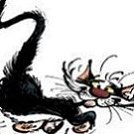
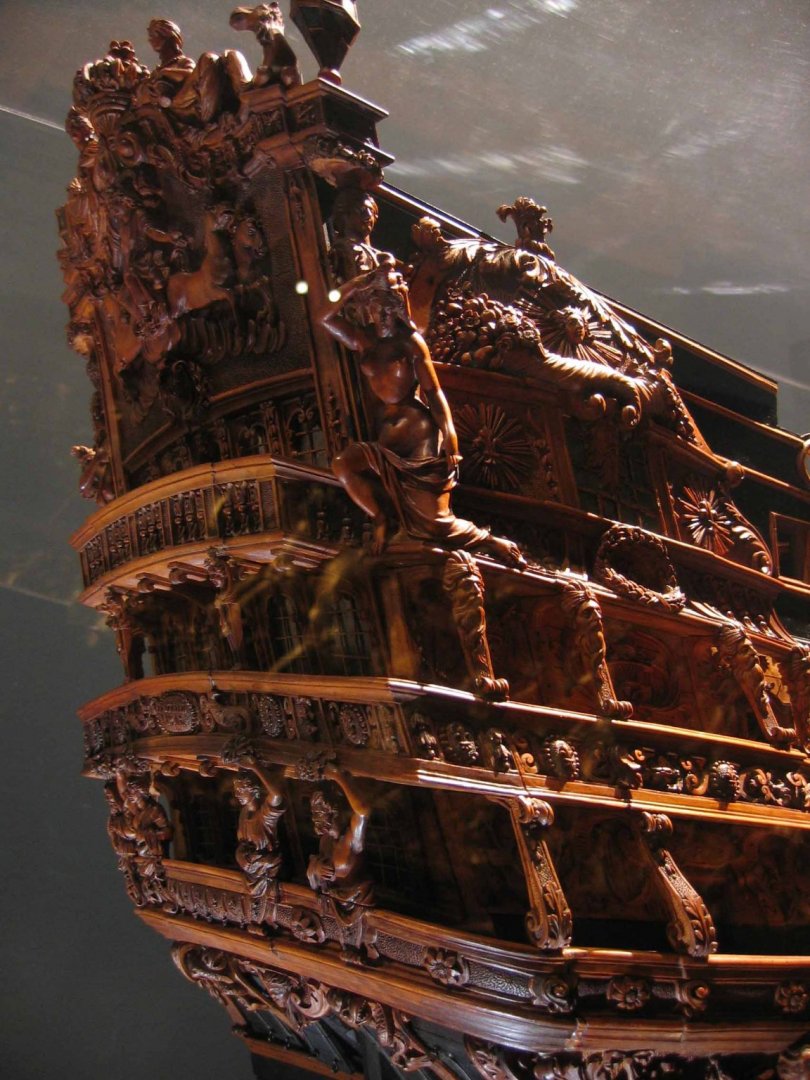
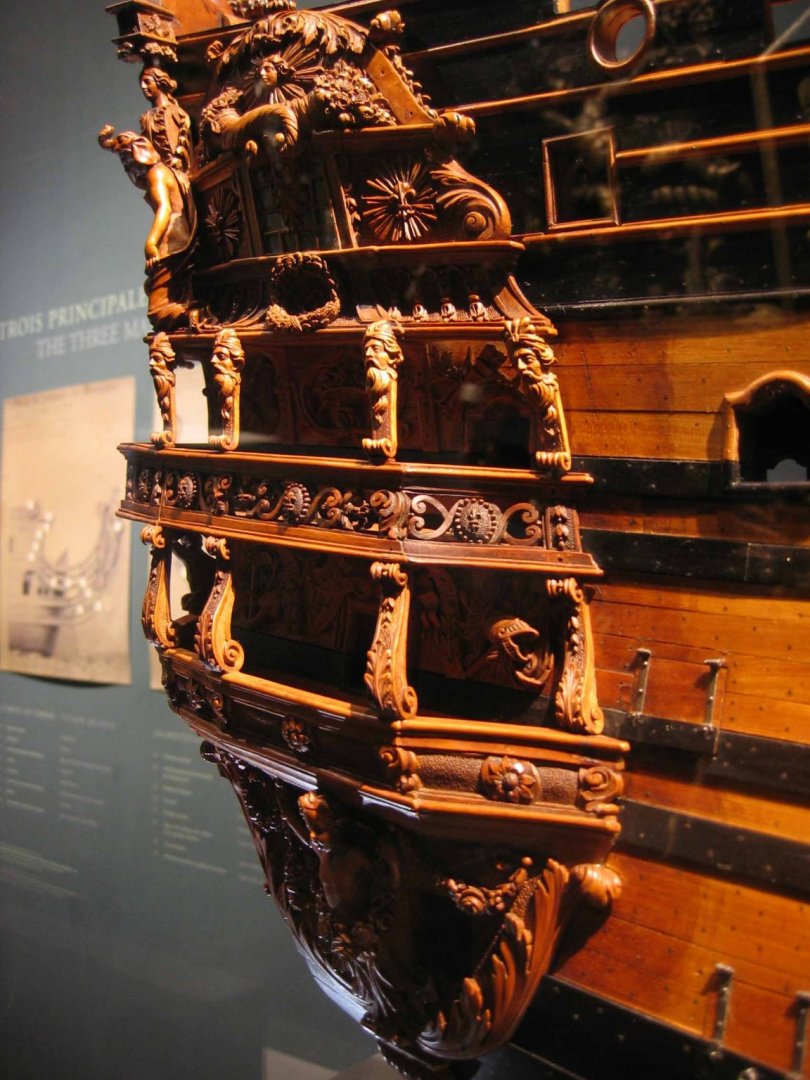
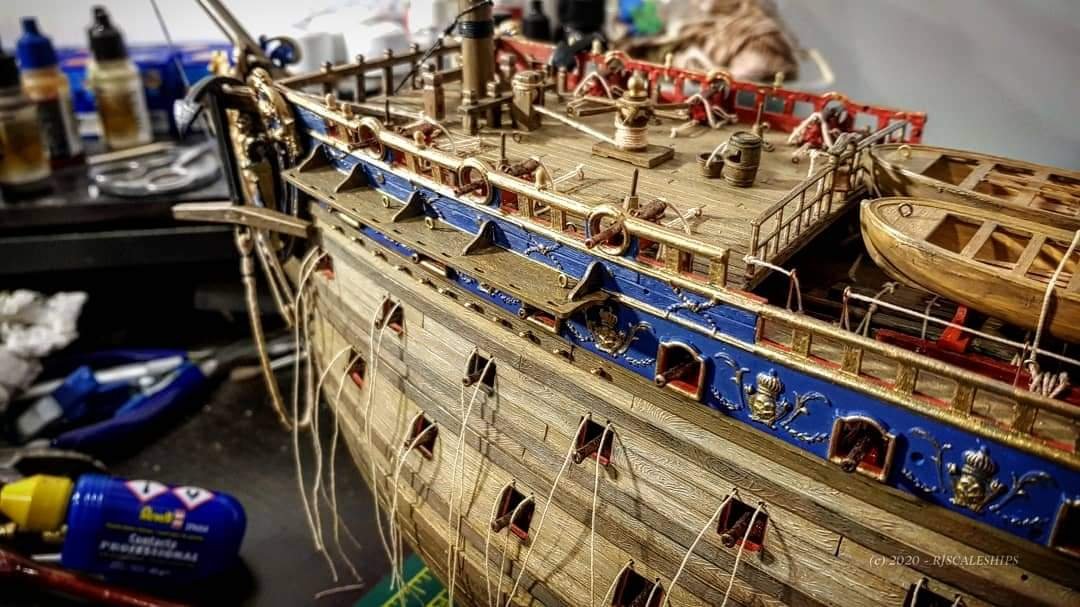

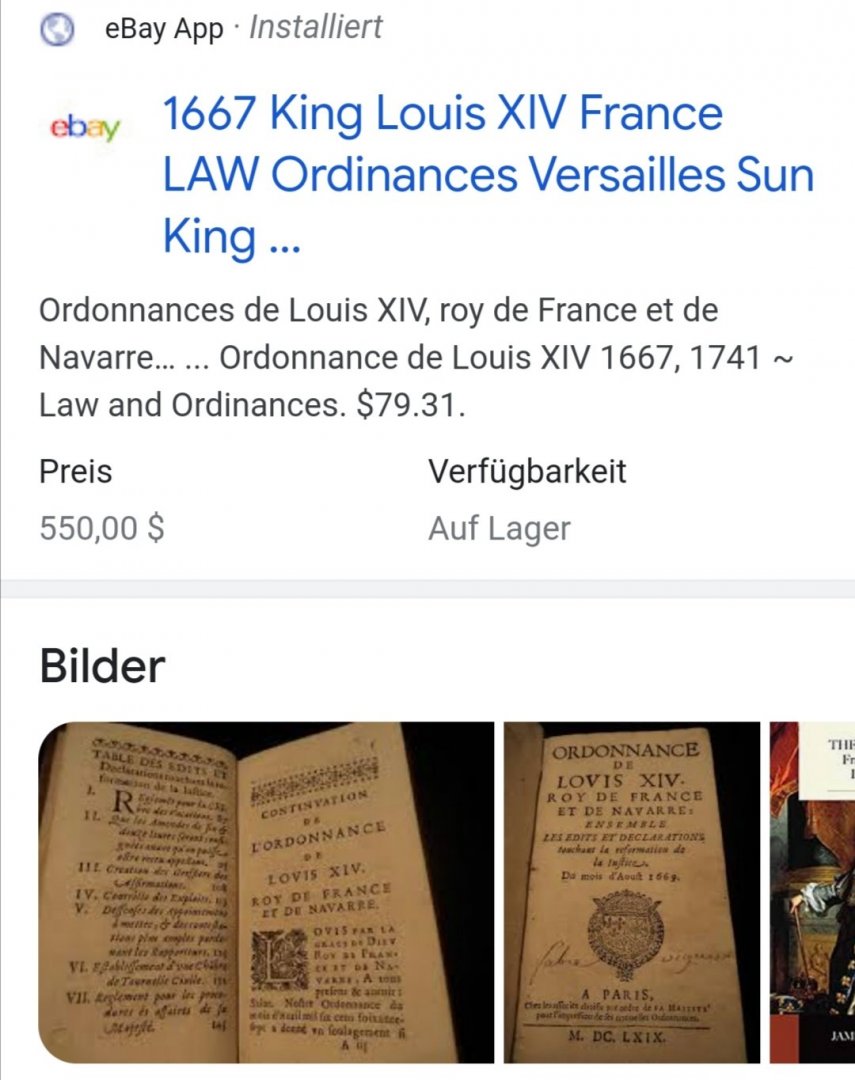
.jpg.77296dcfa73e65cd0a1adac166e4a694.jpg)
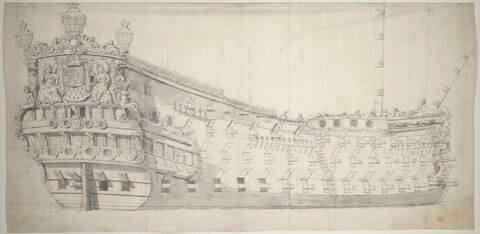
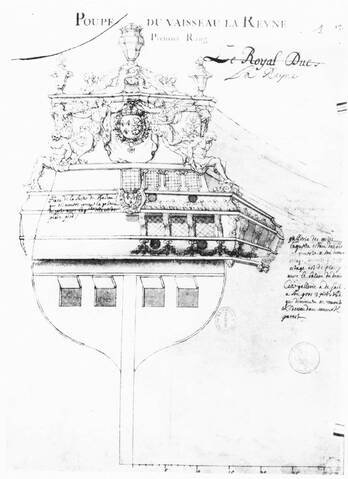
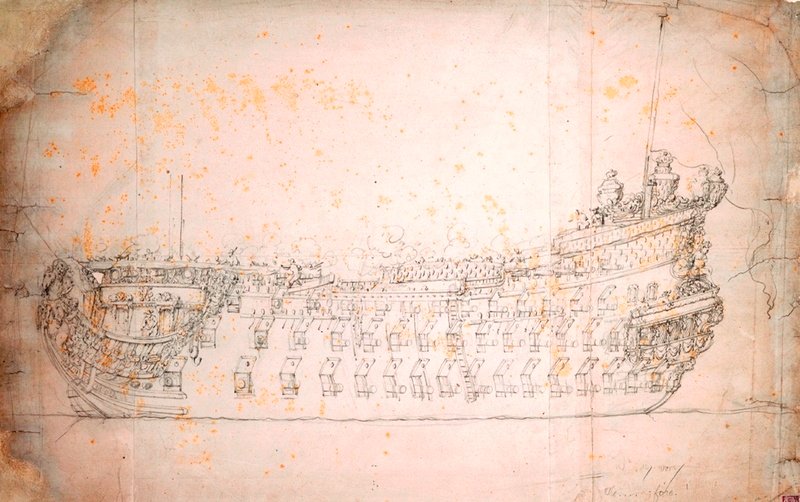
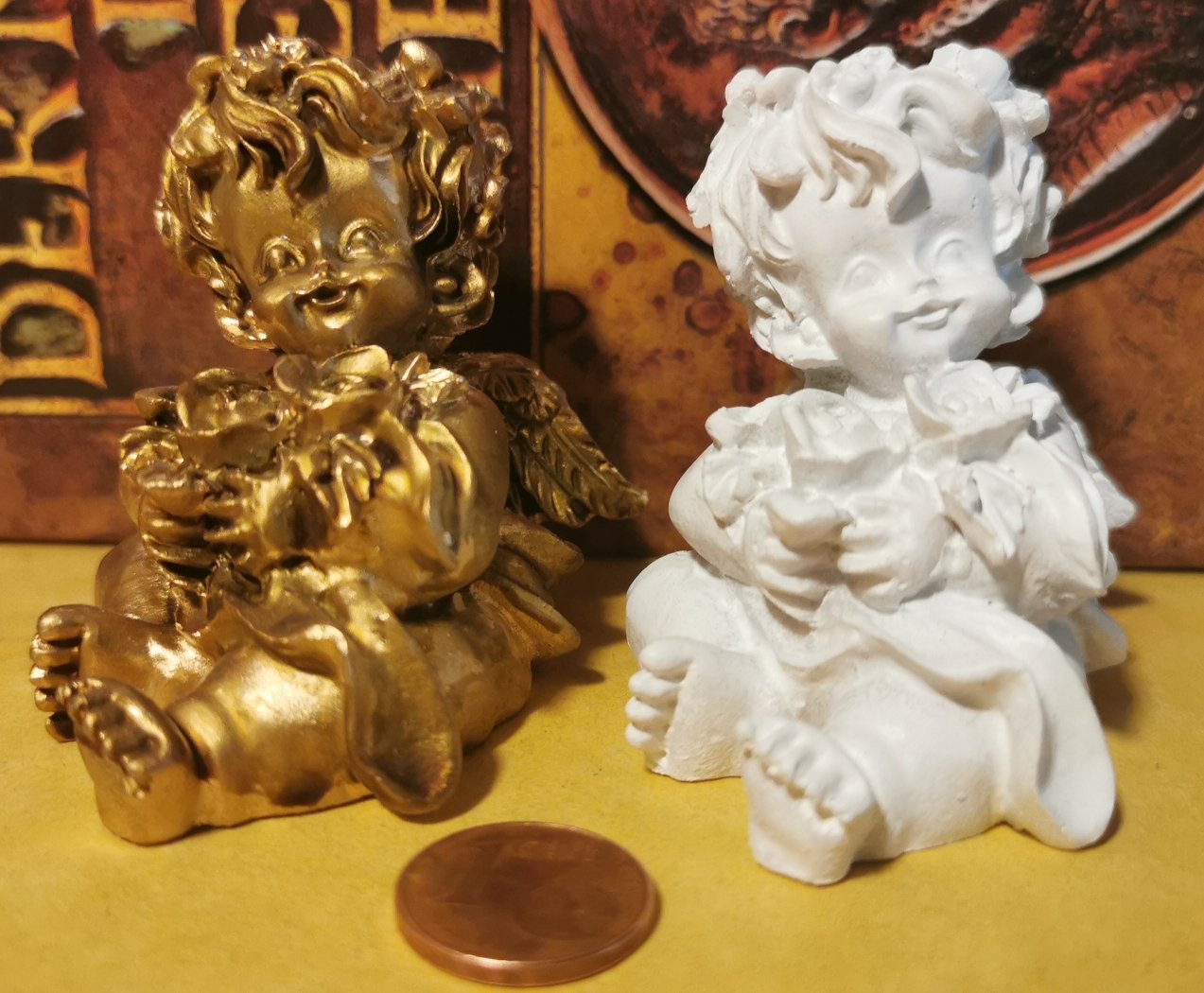
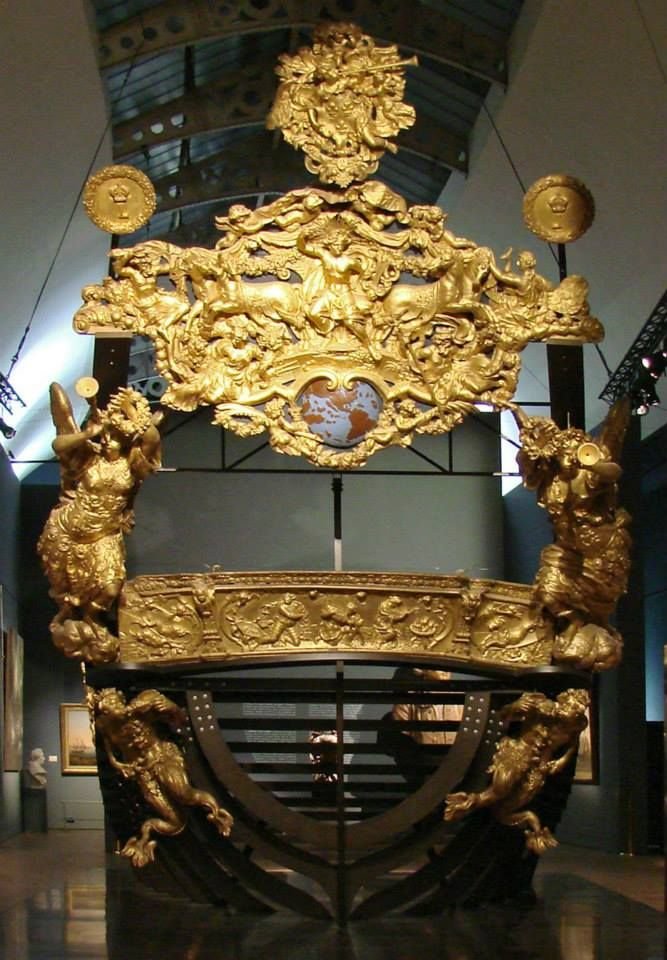
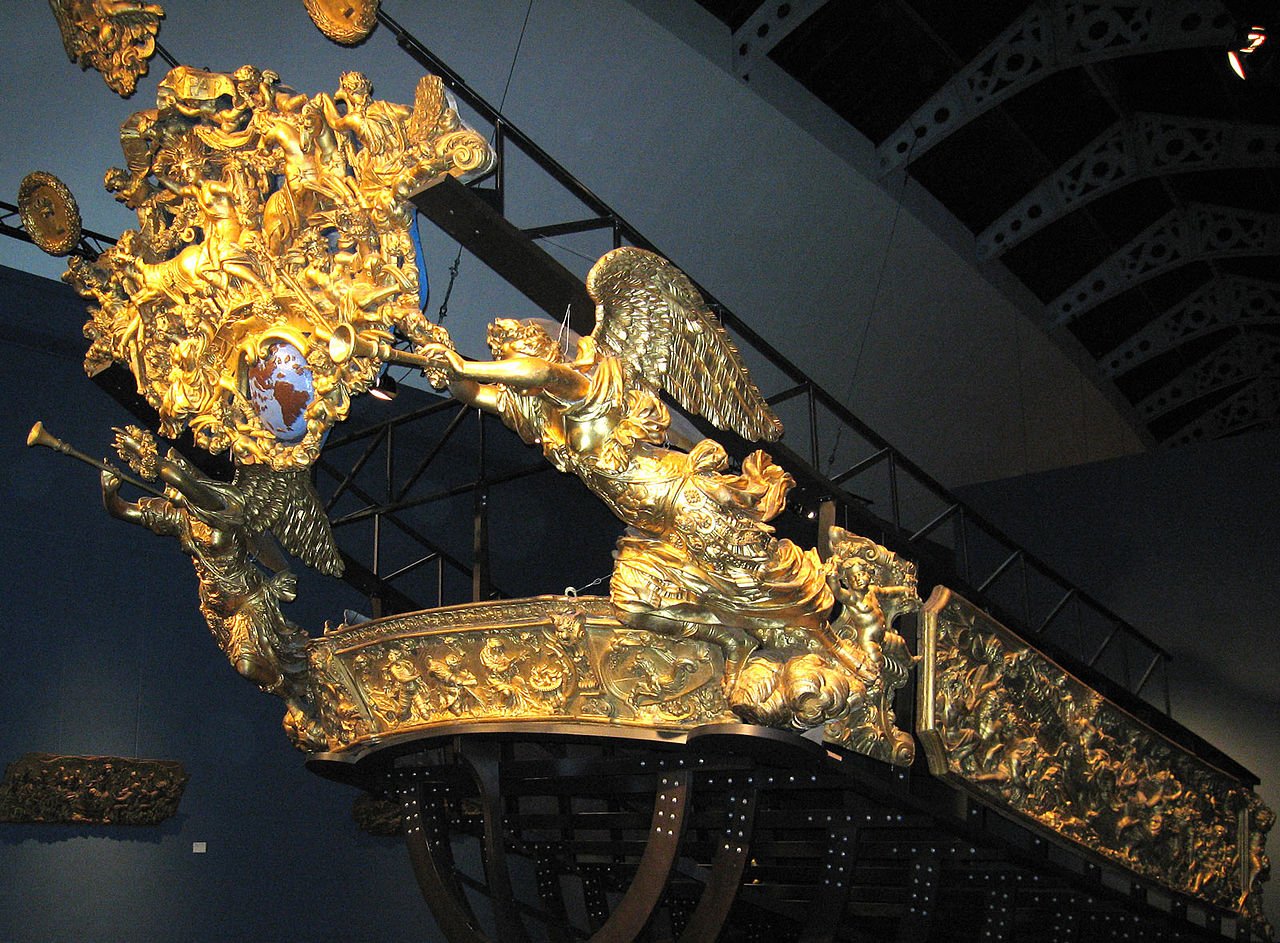
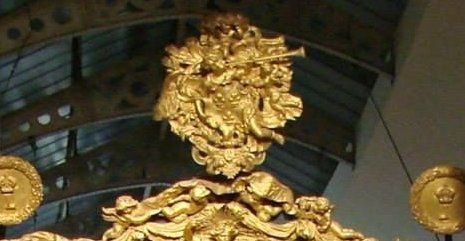
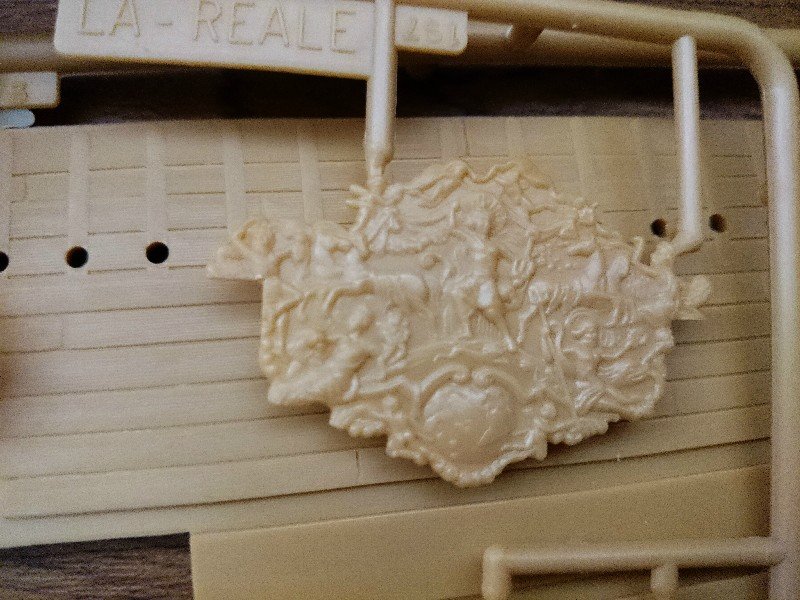
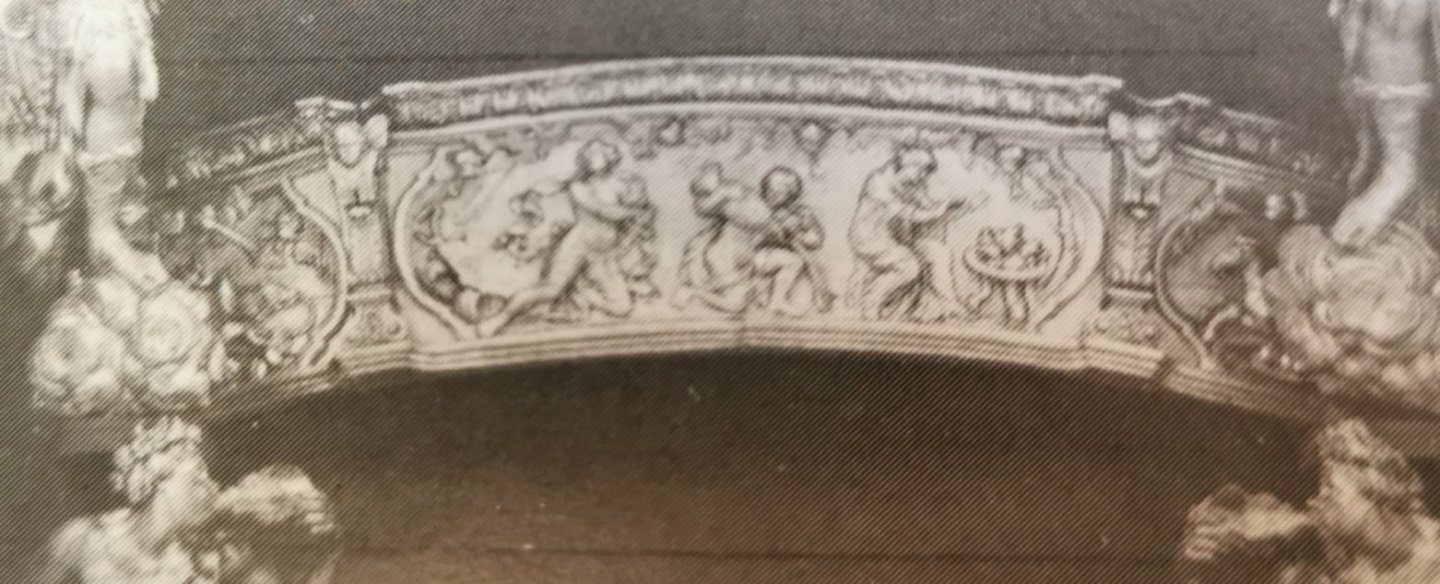
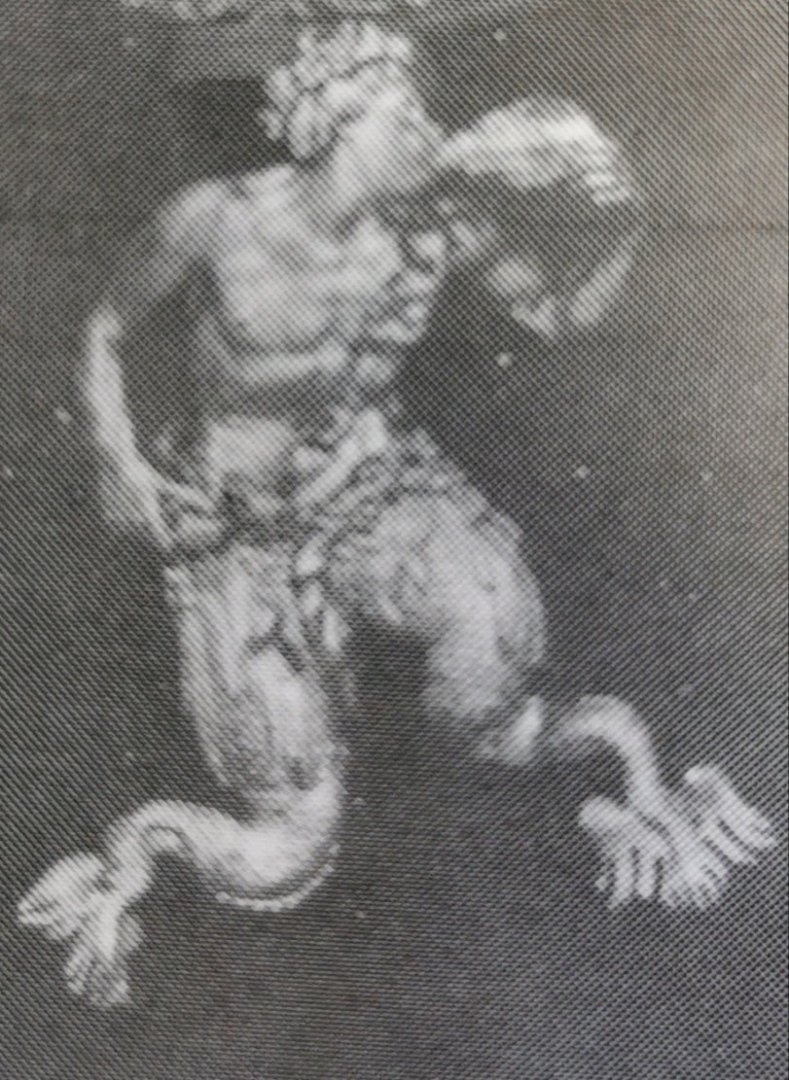
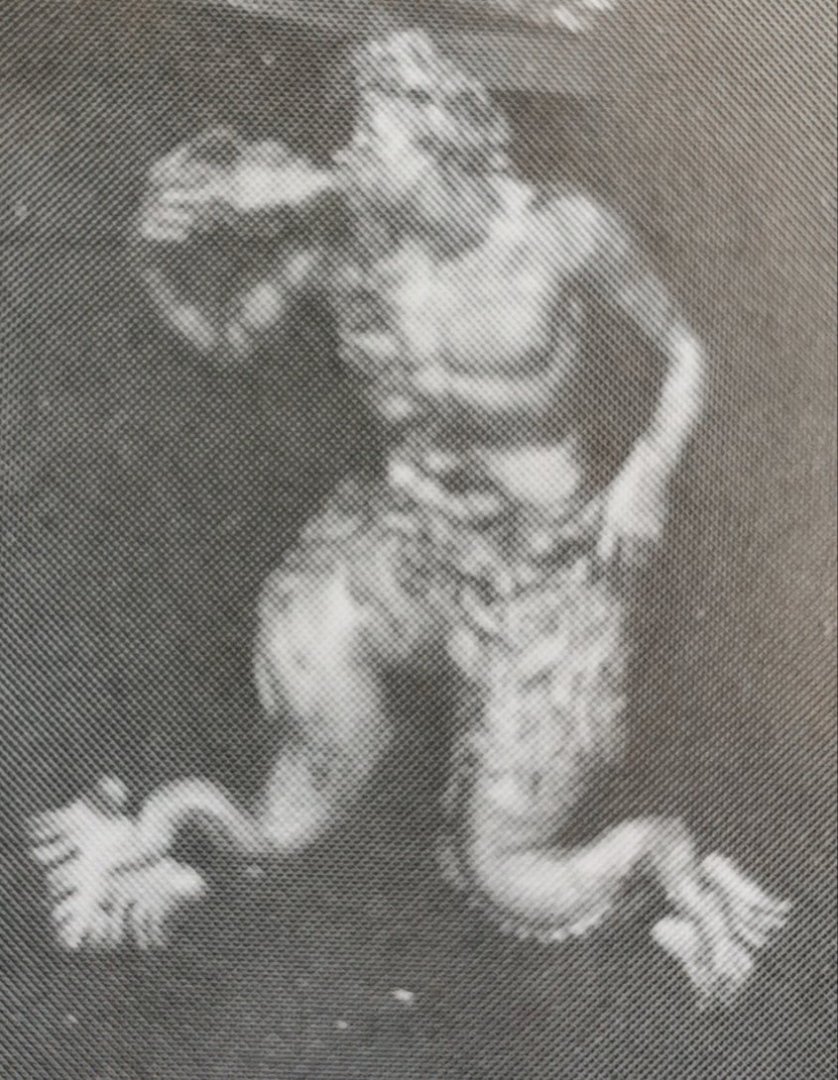
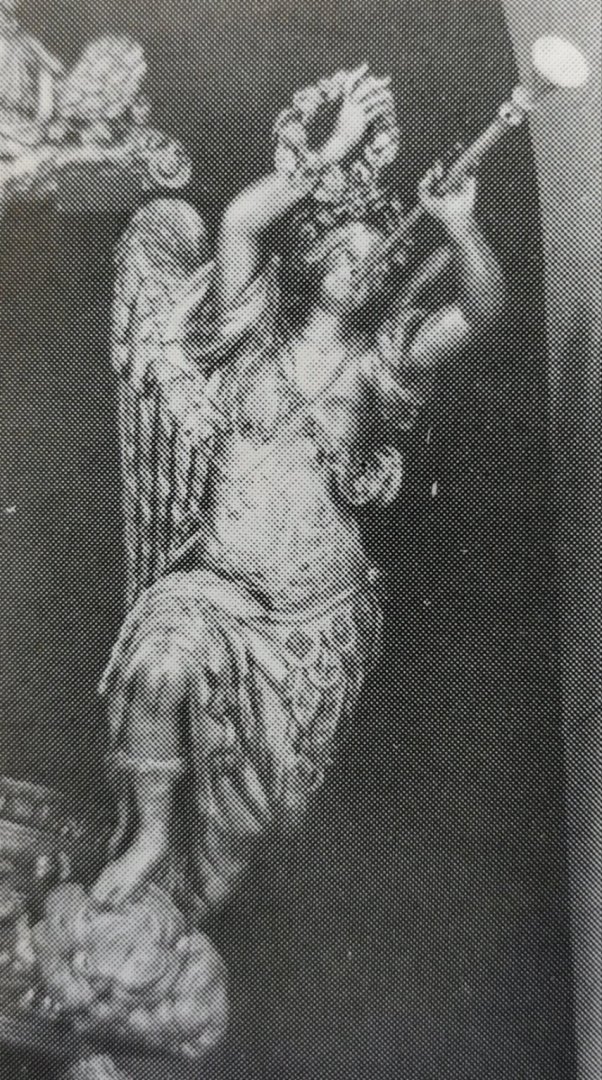
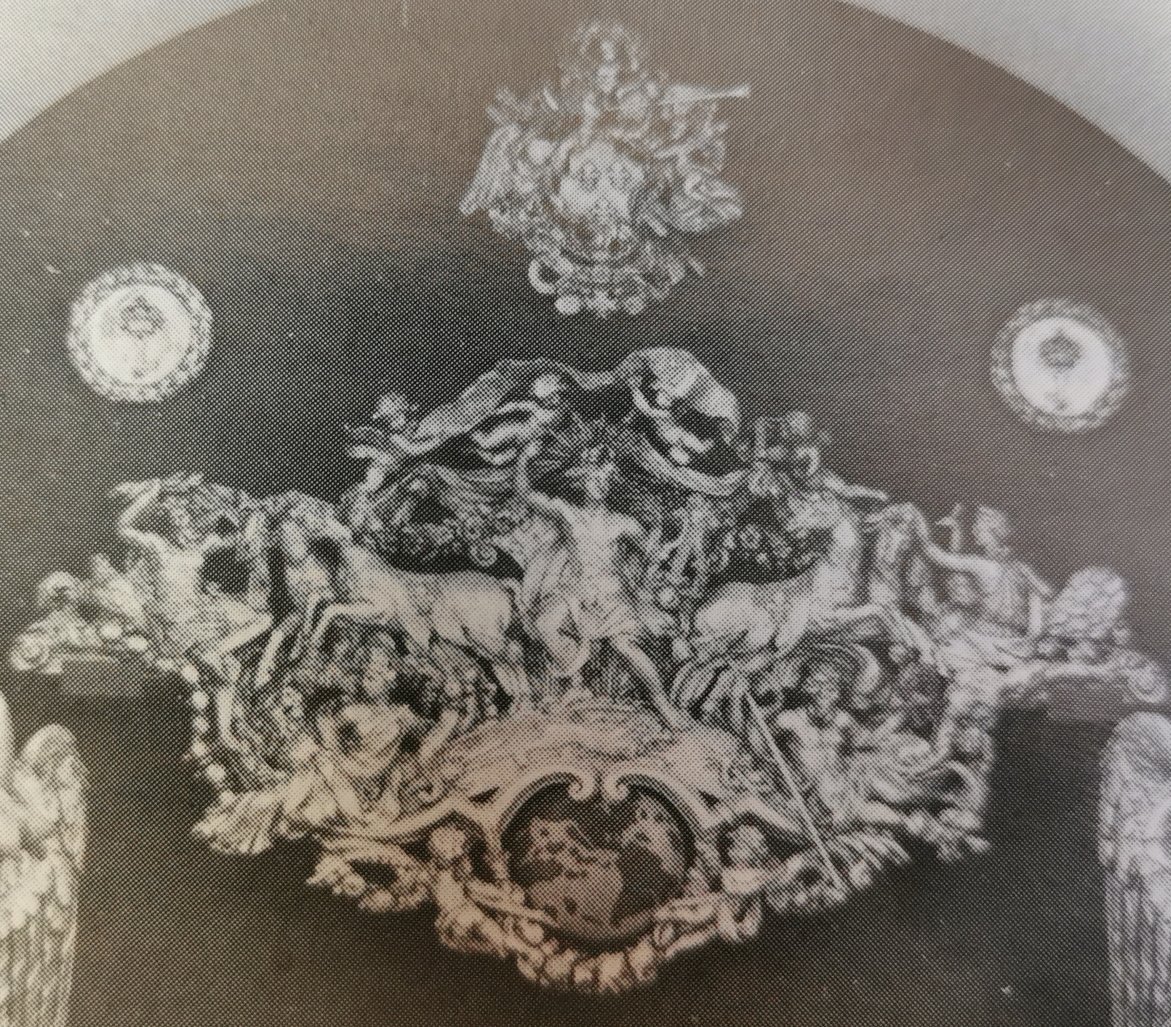
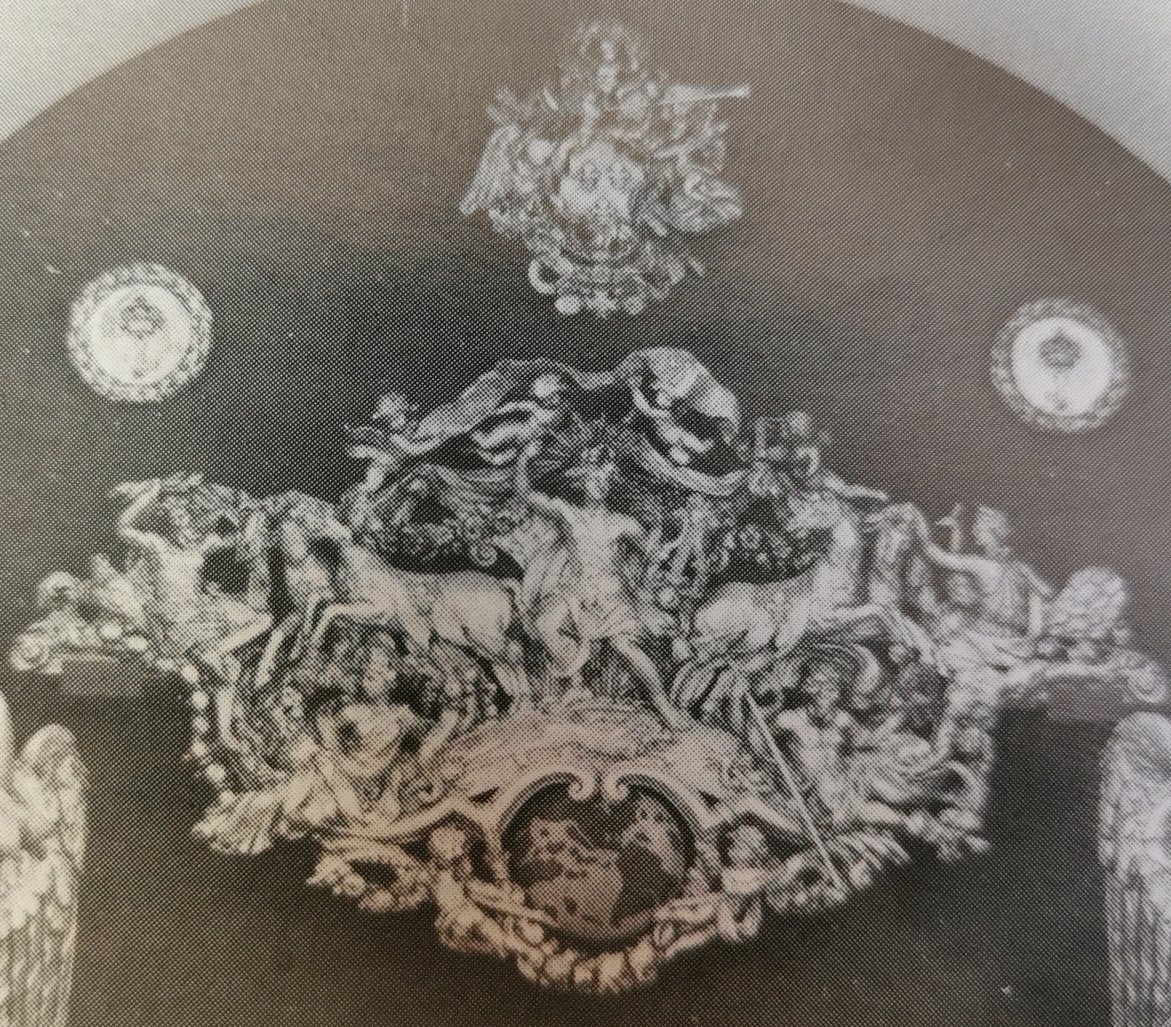
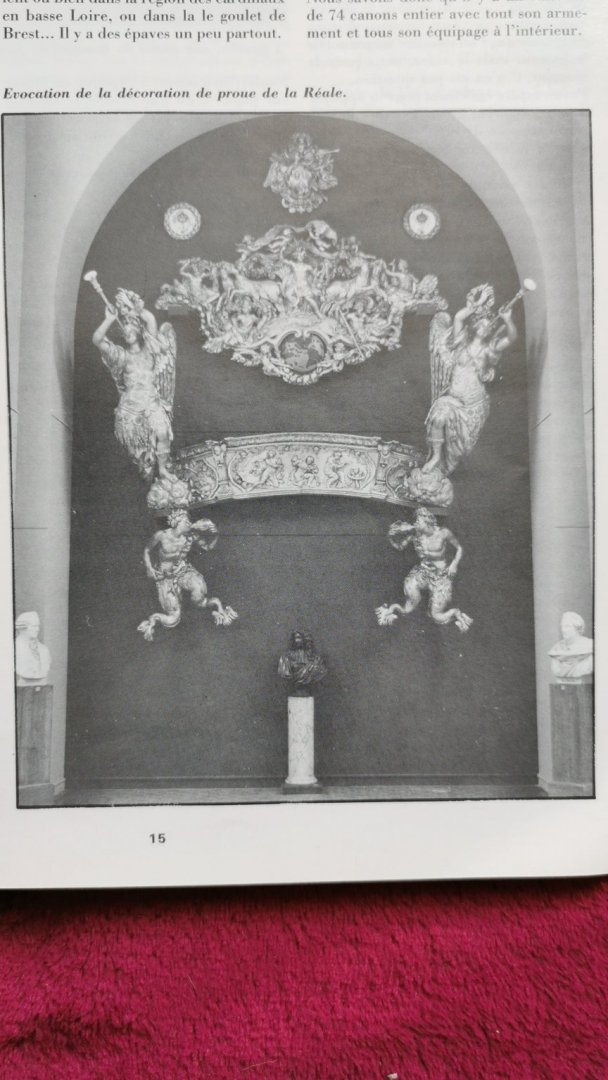
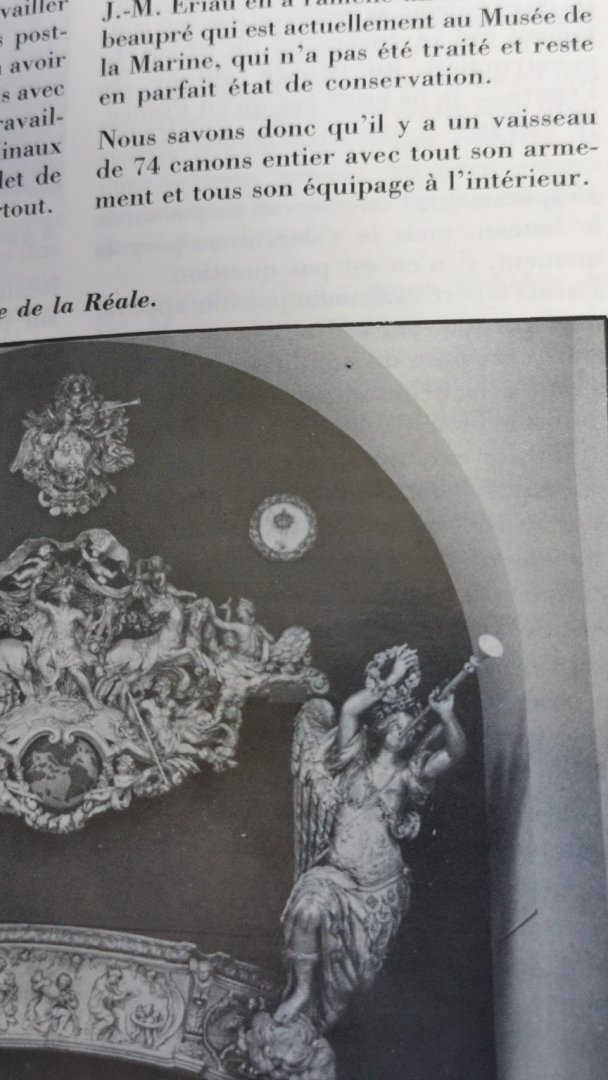
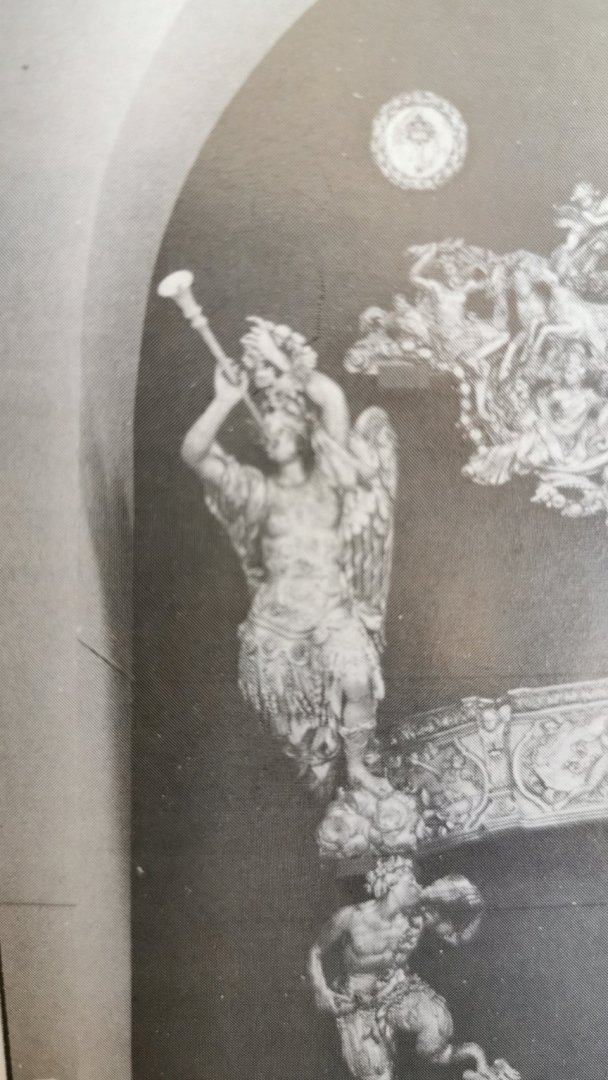
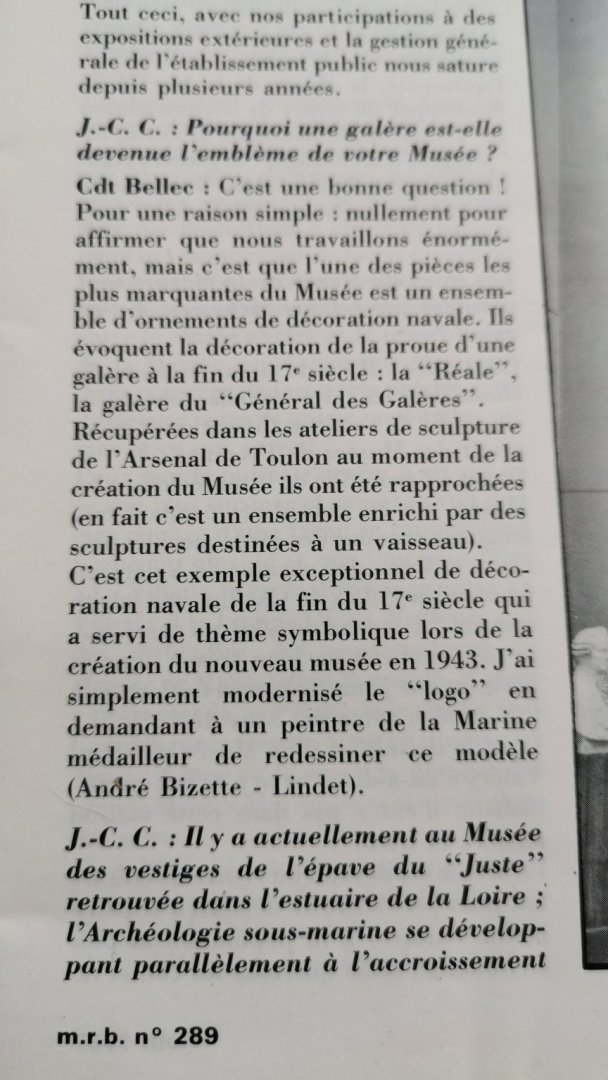
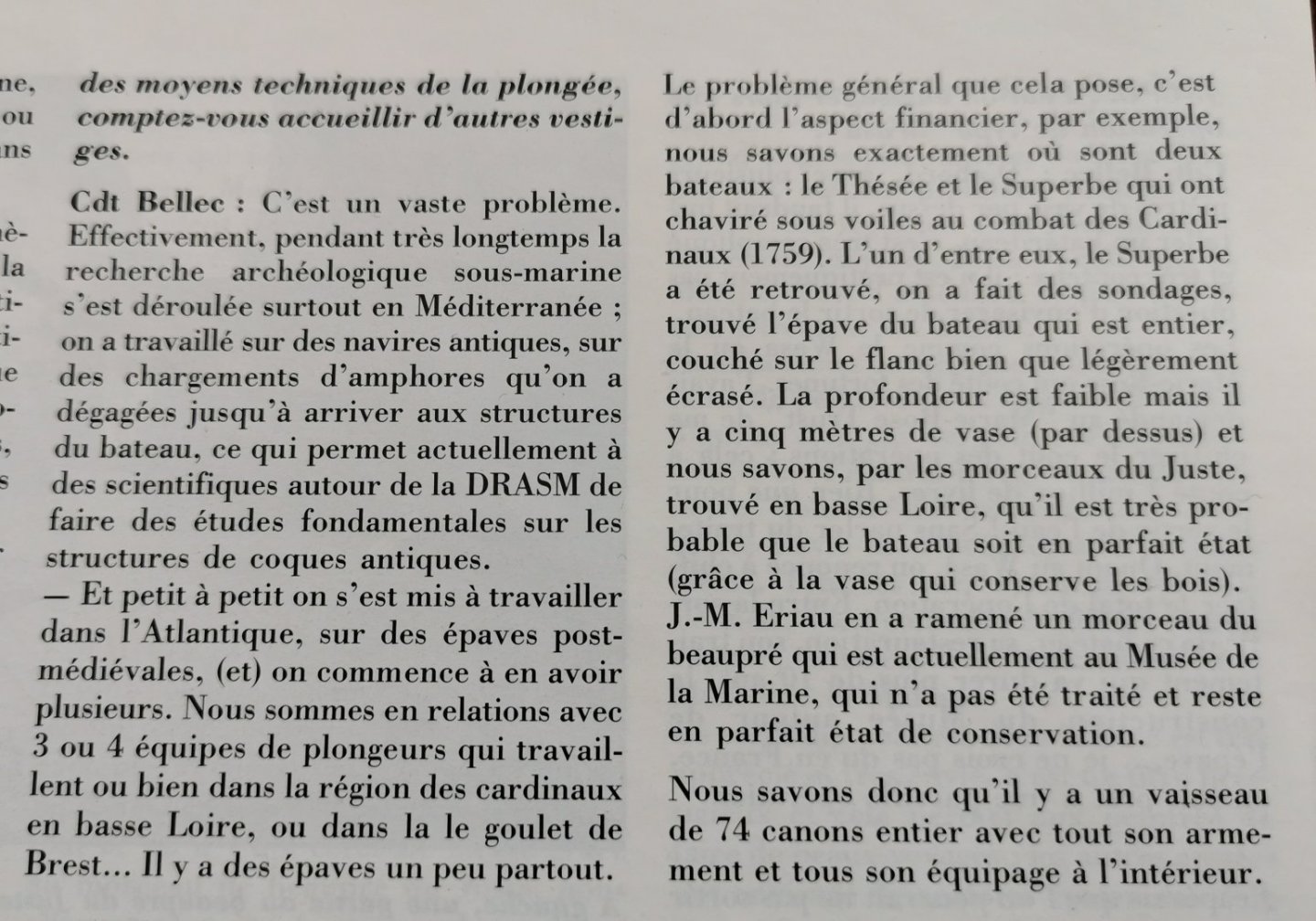
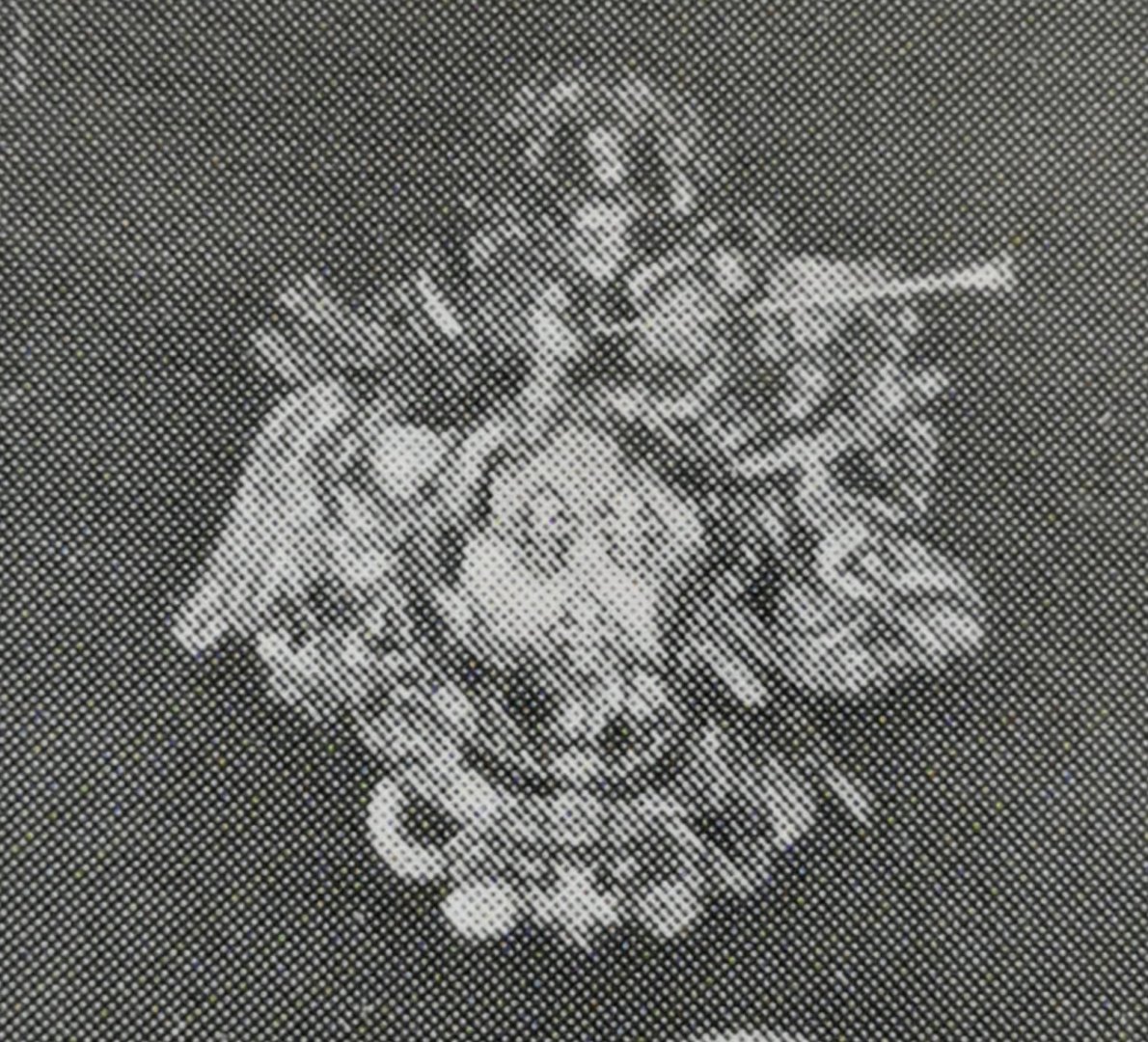
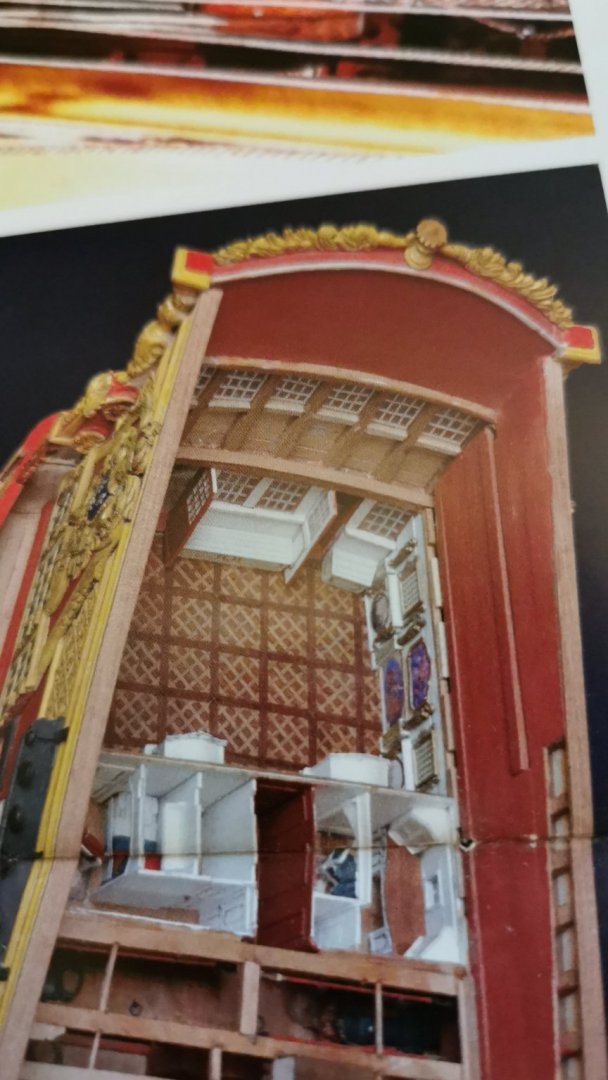
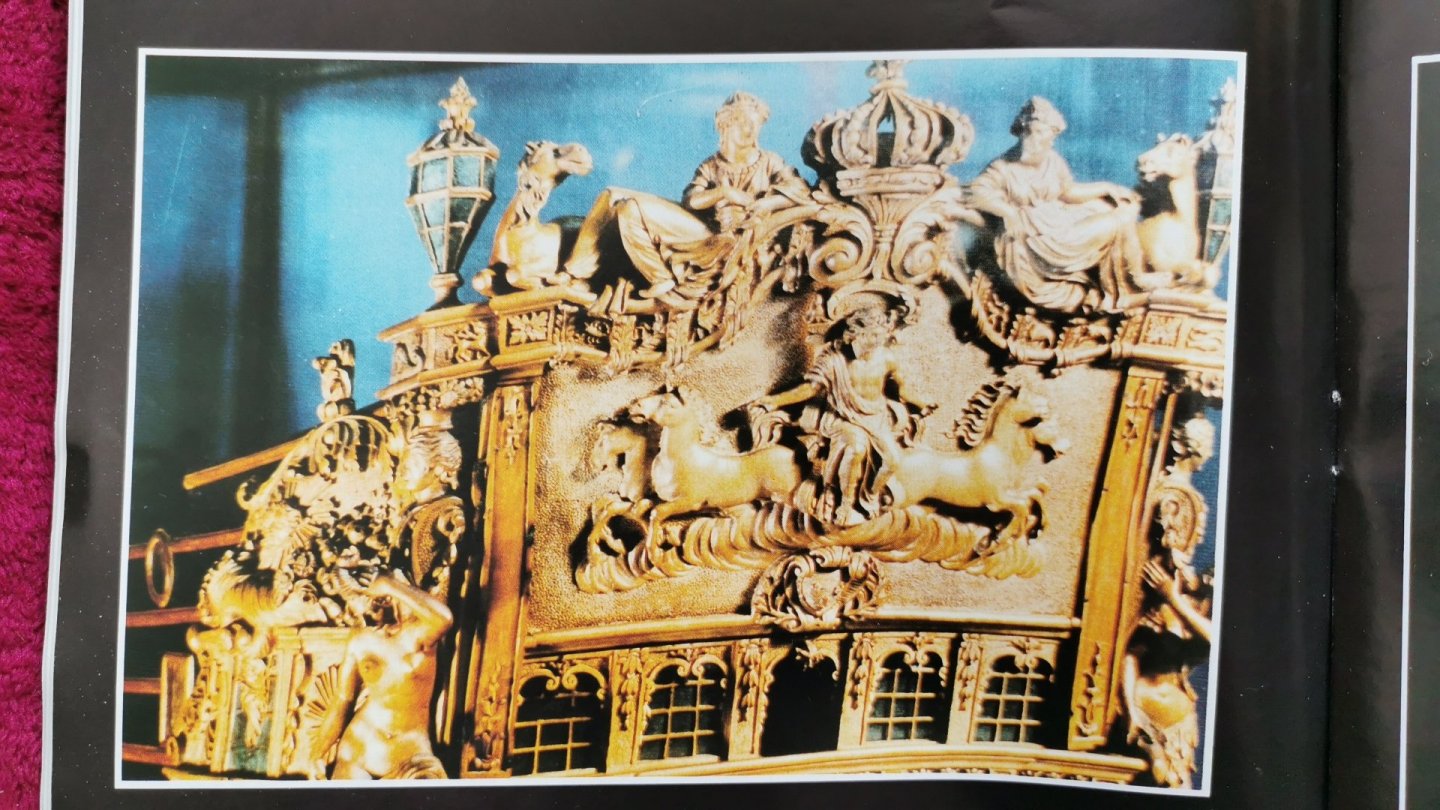
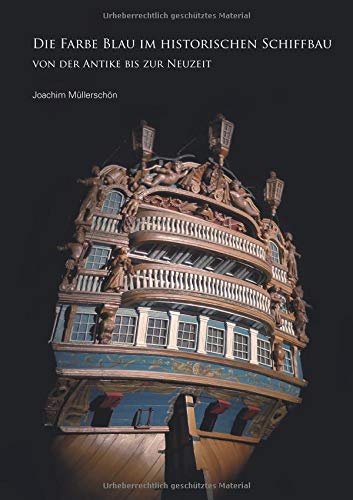
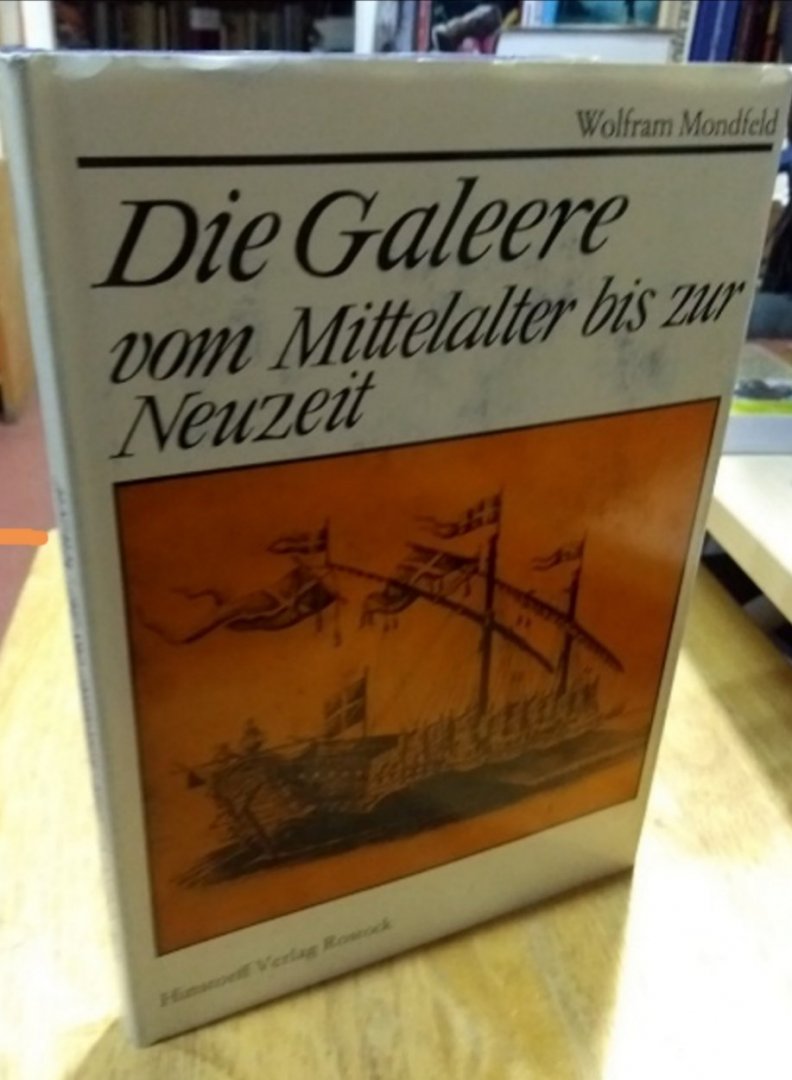
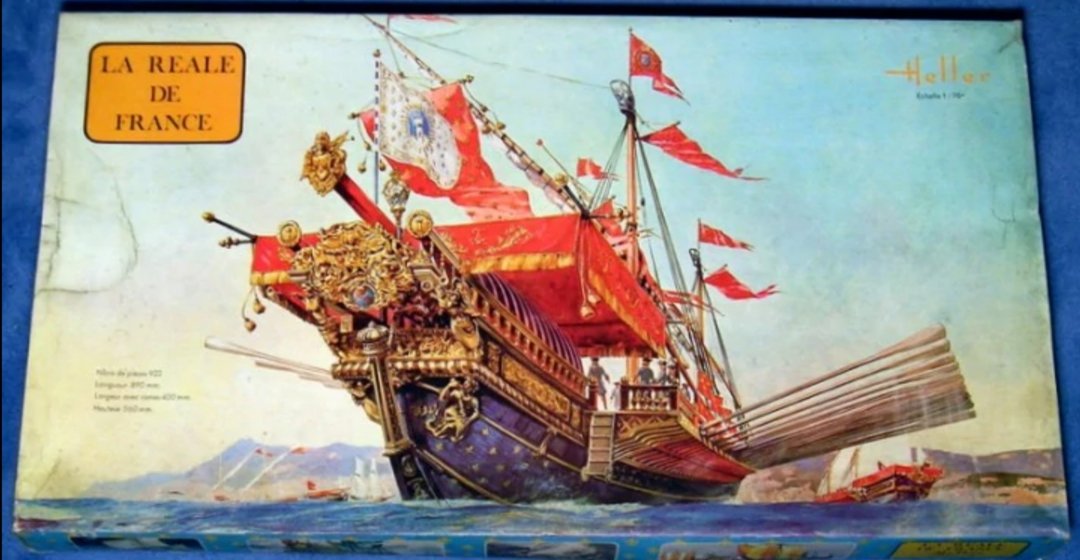
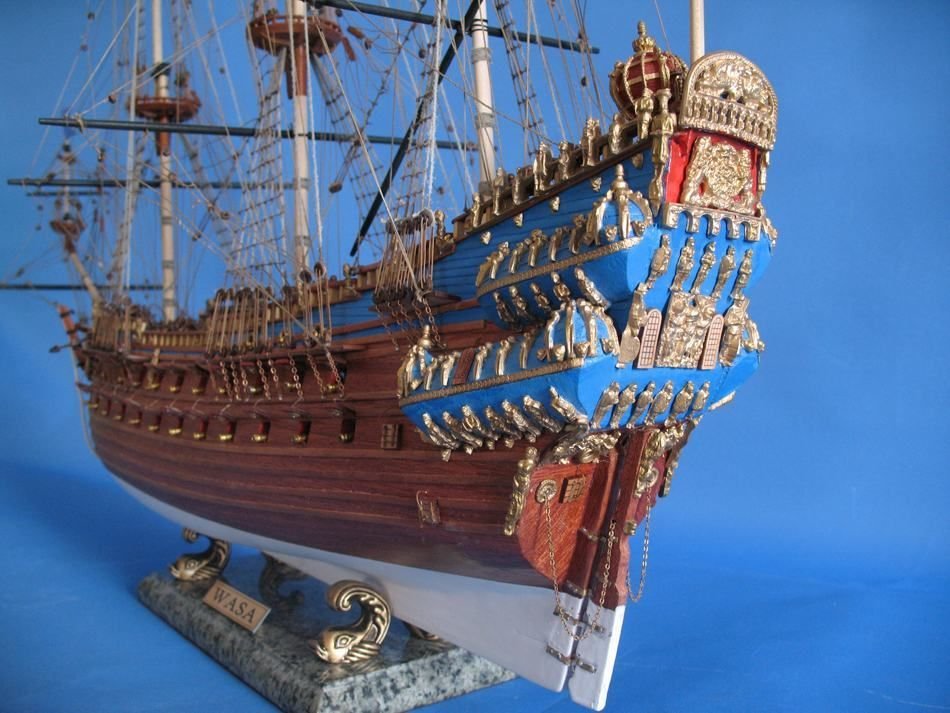
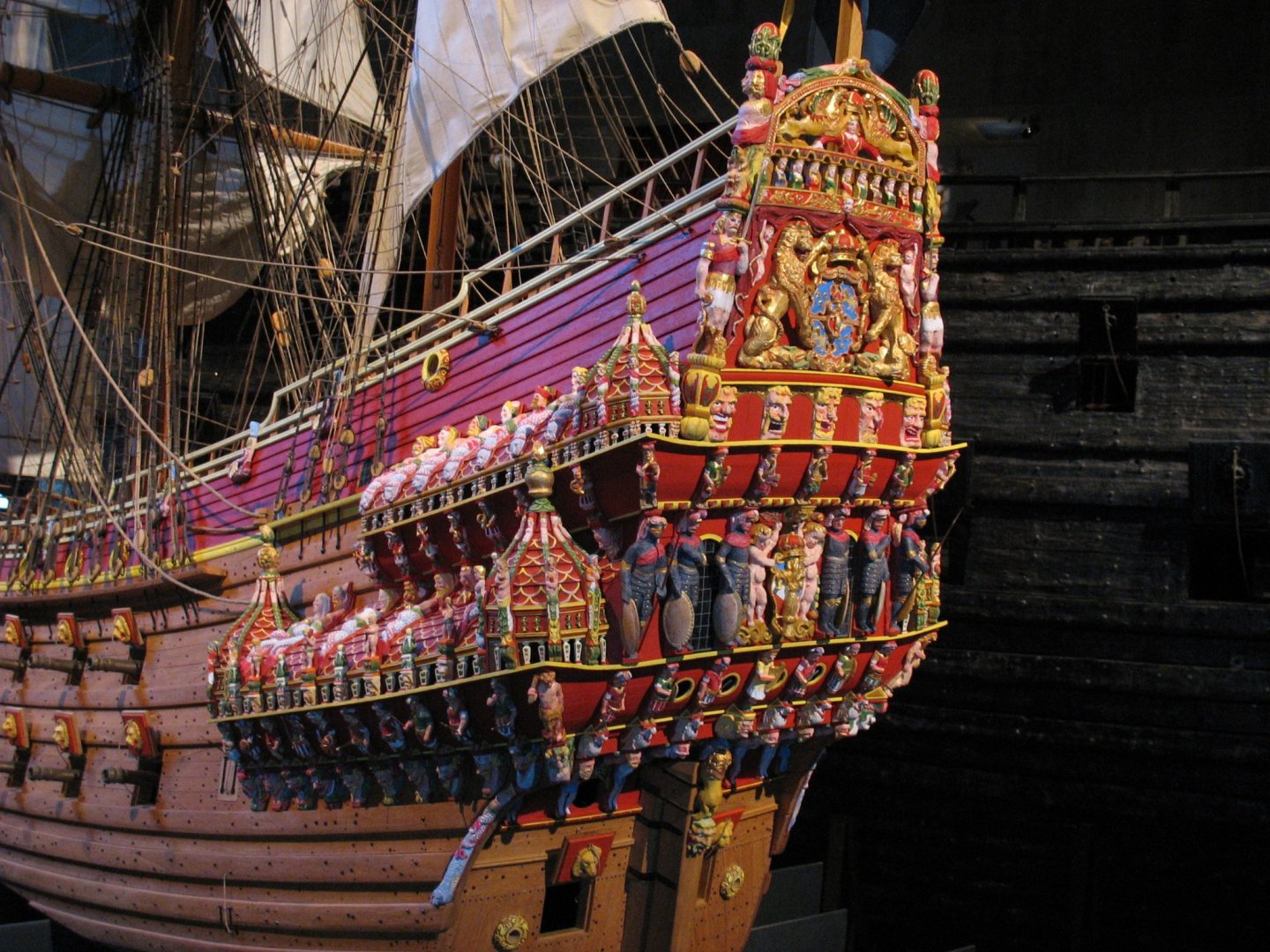
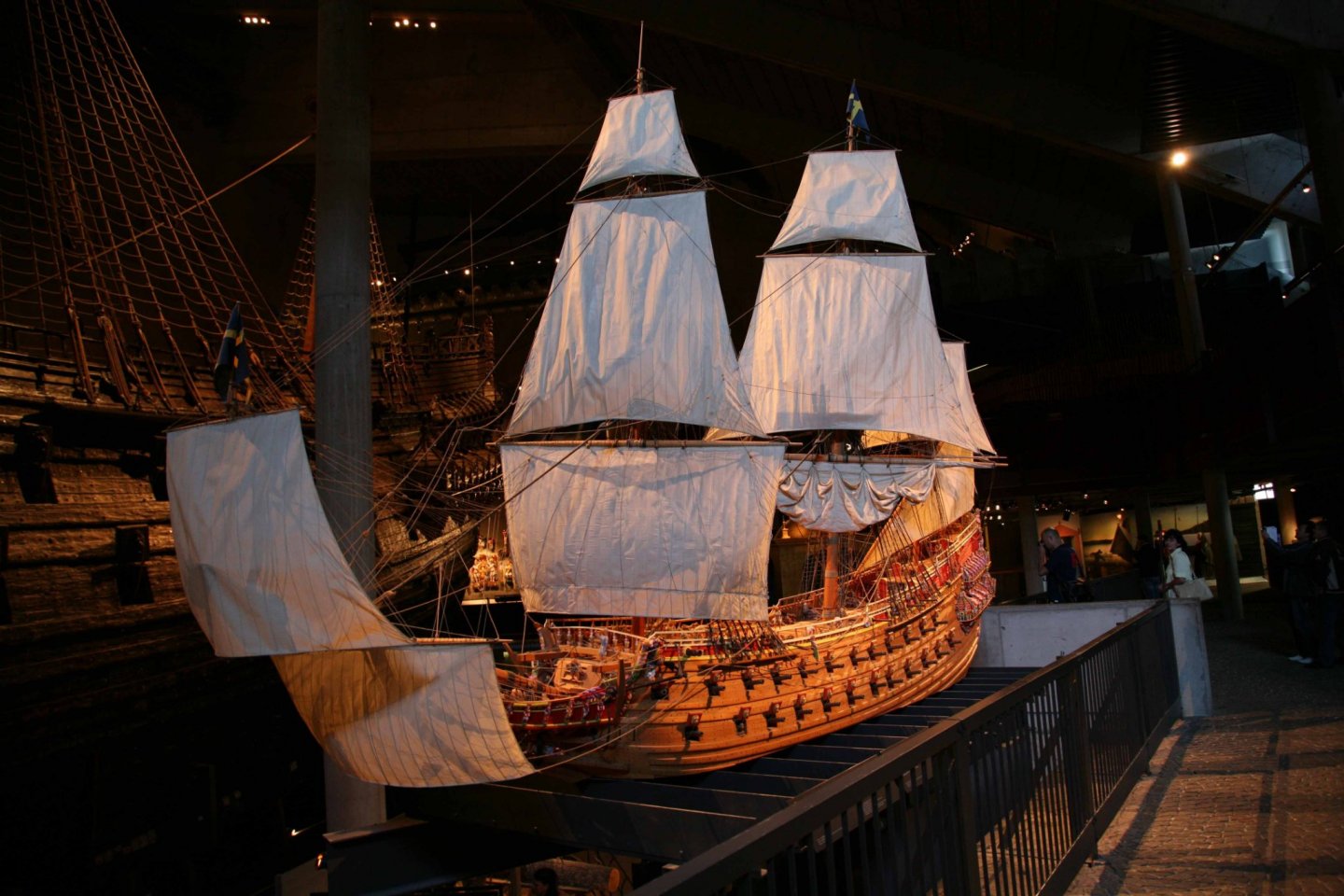
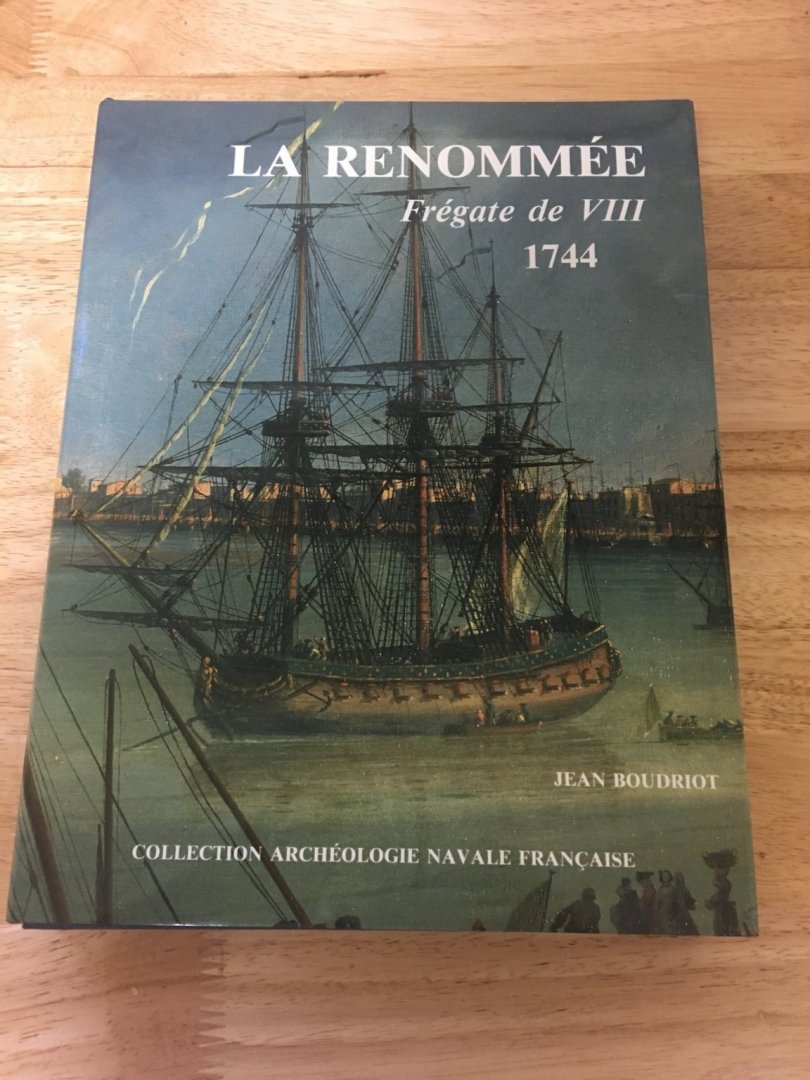

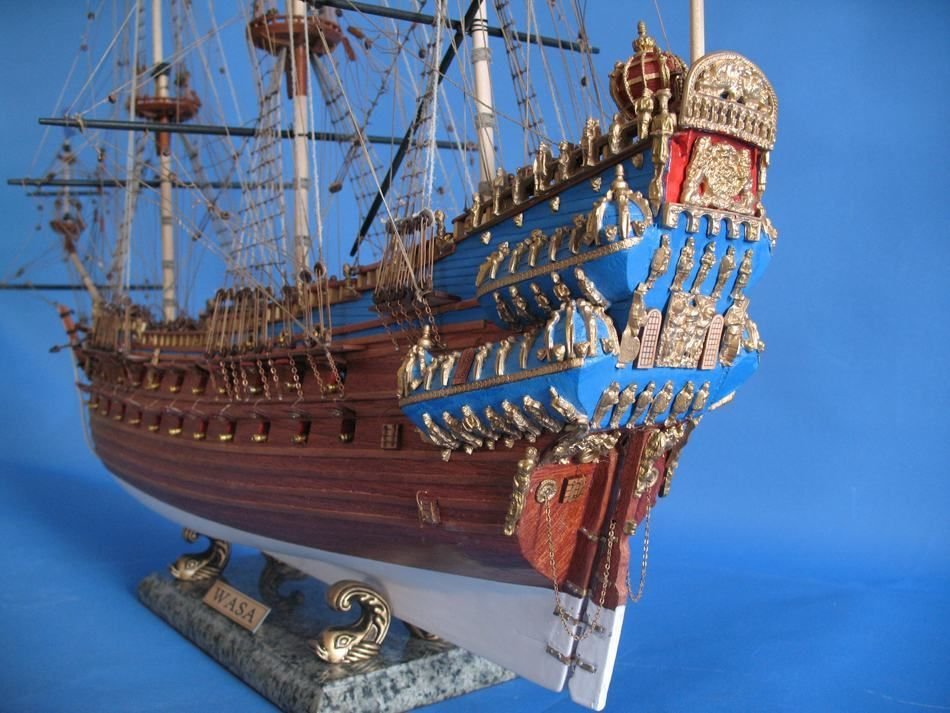
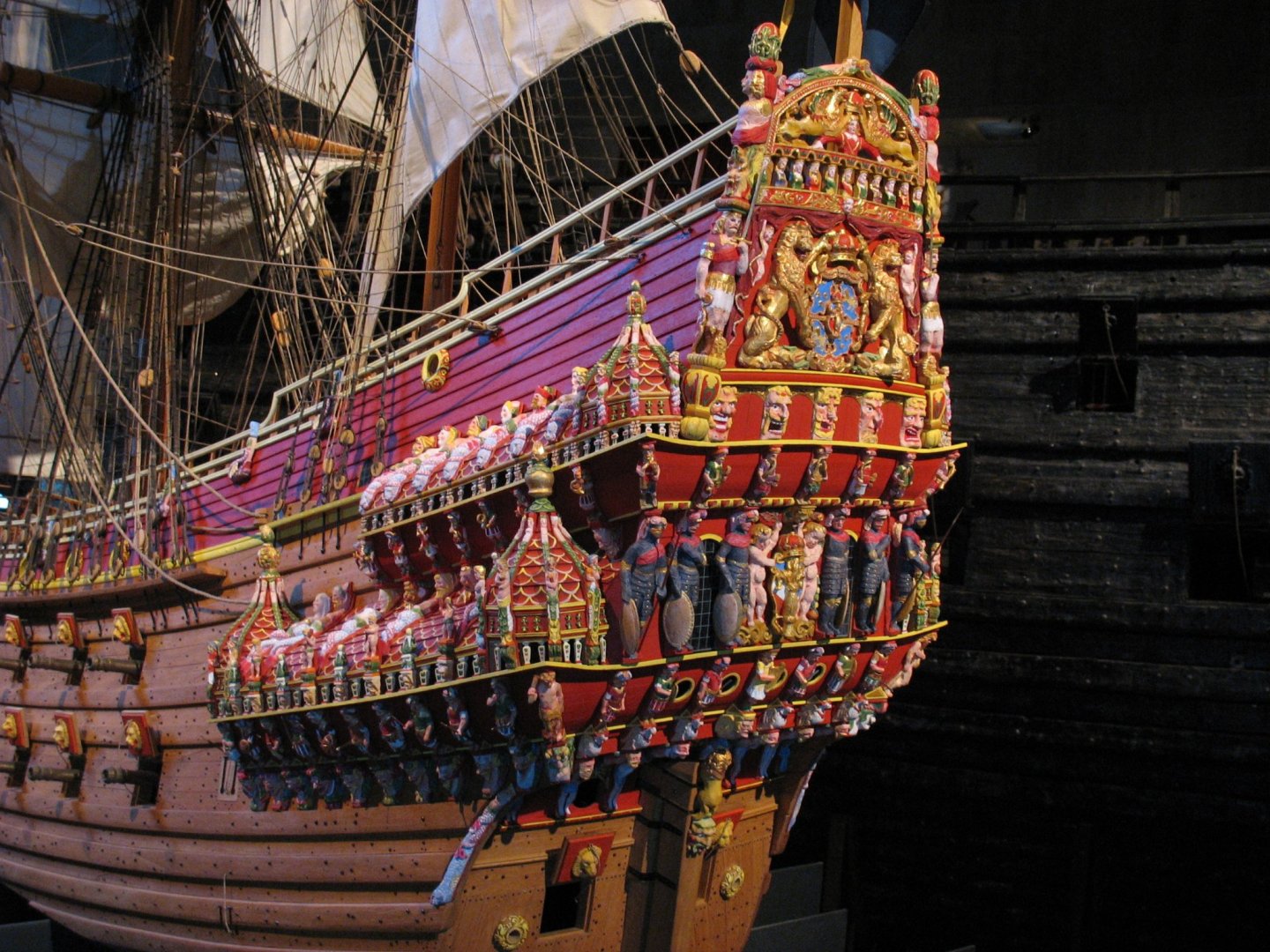
_svg.png.2c7f5a5256ab2584a741dfa51ebf3b5f.png)
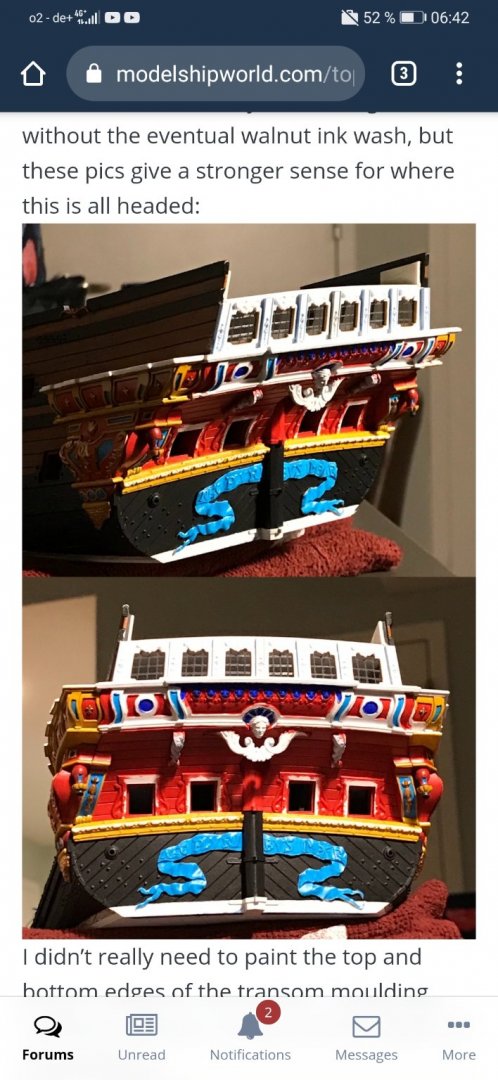
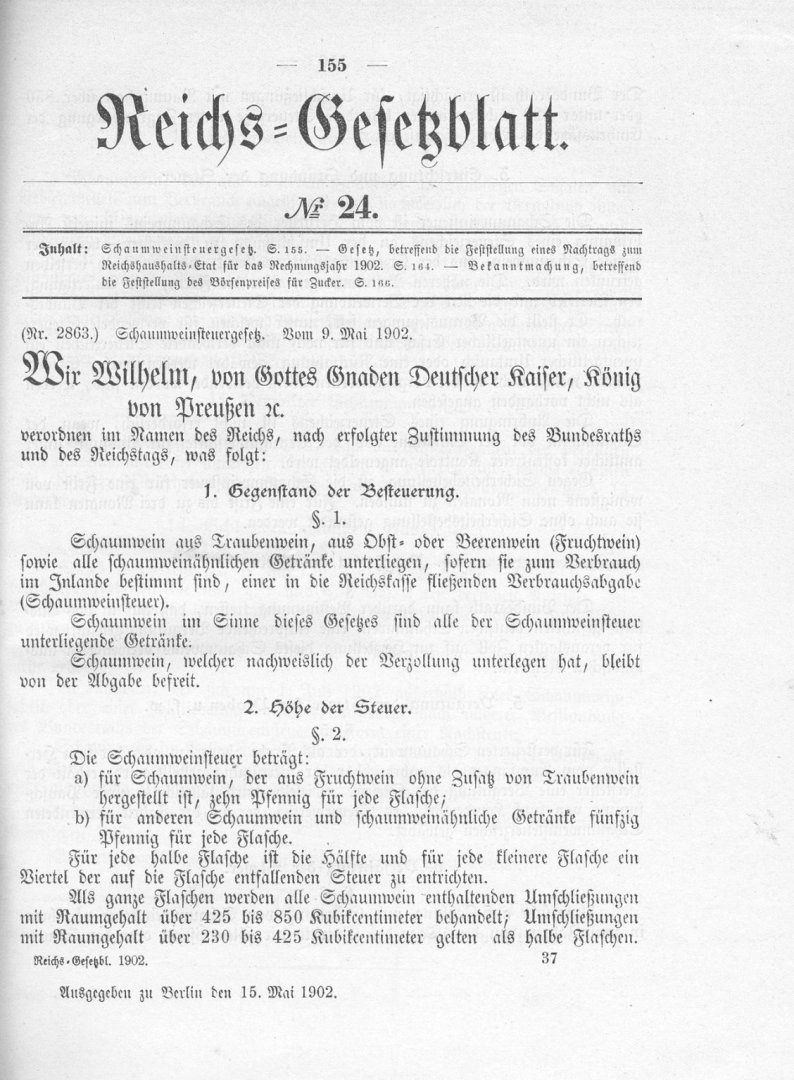
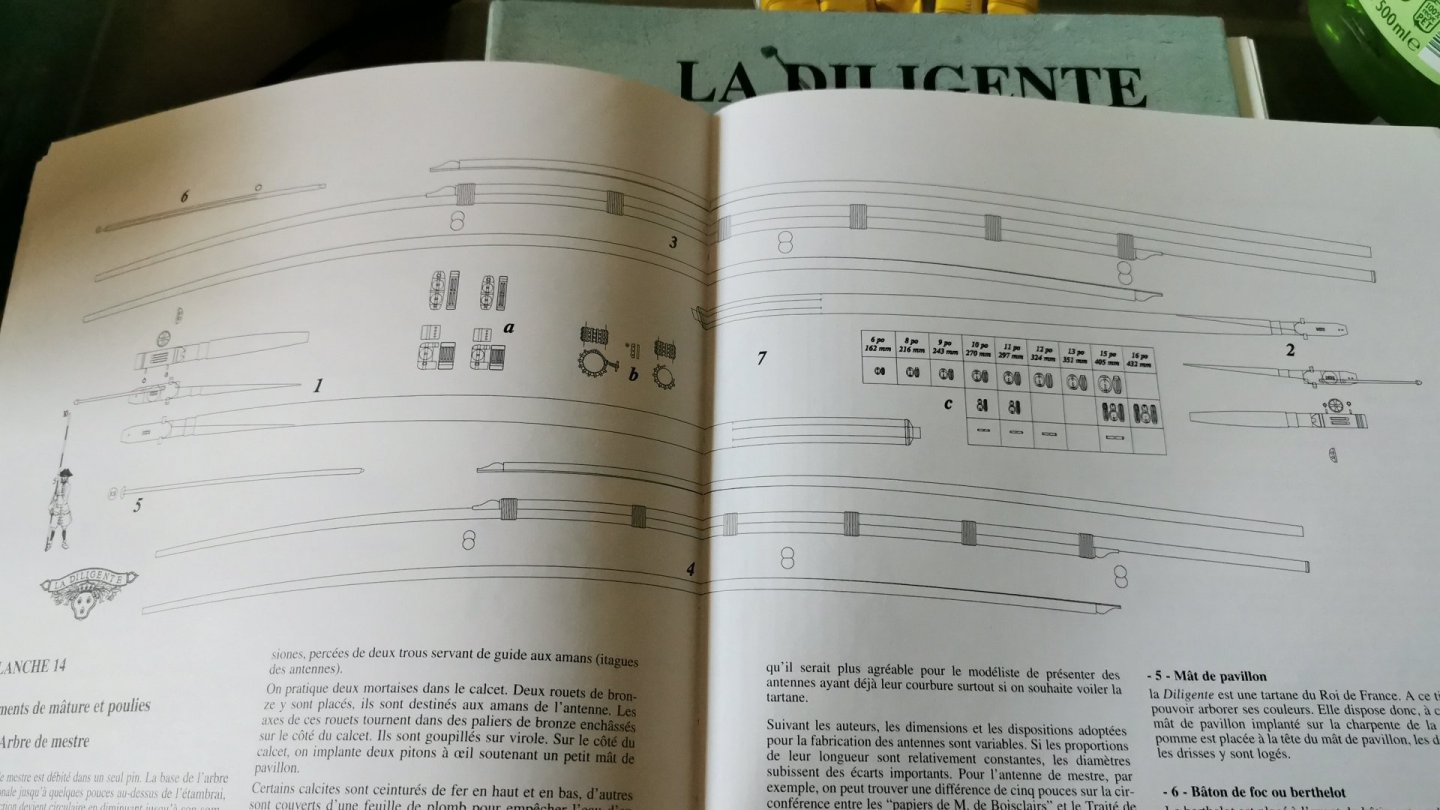
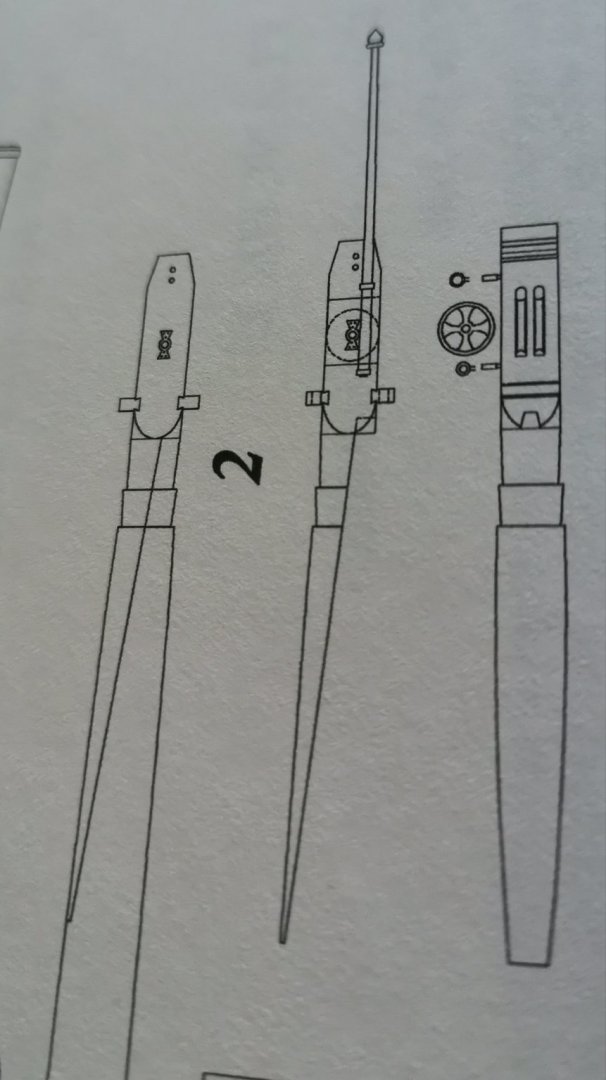
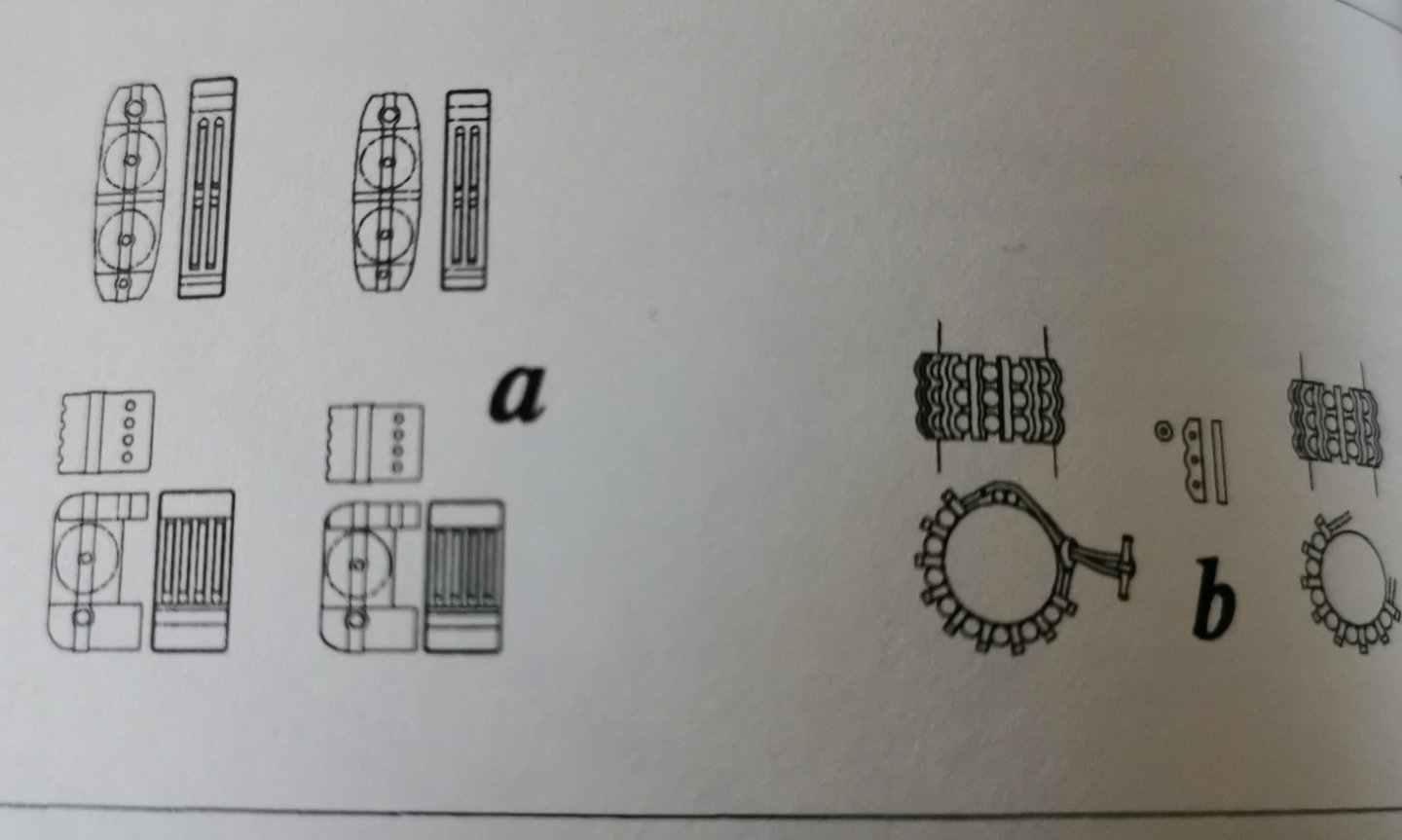

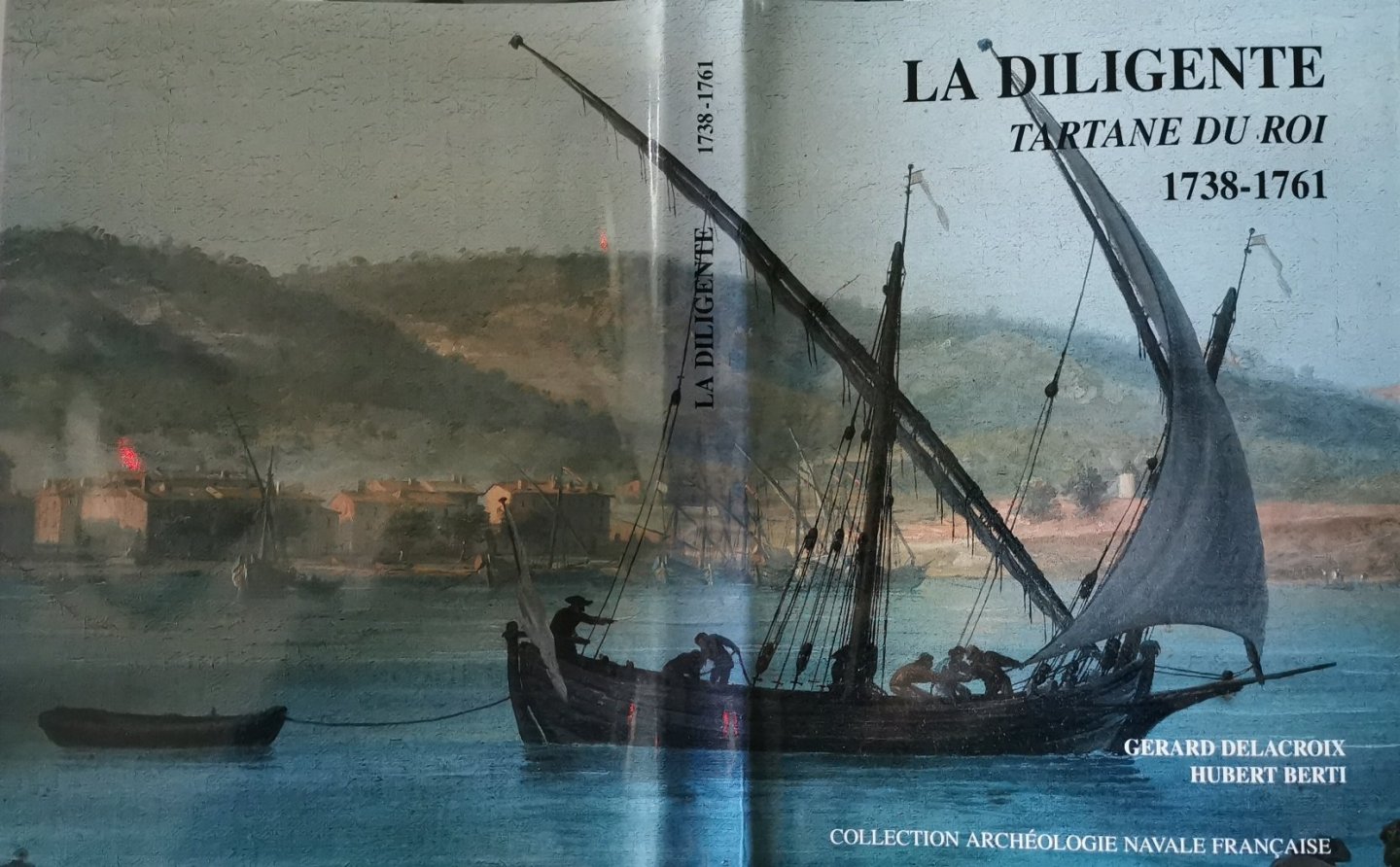
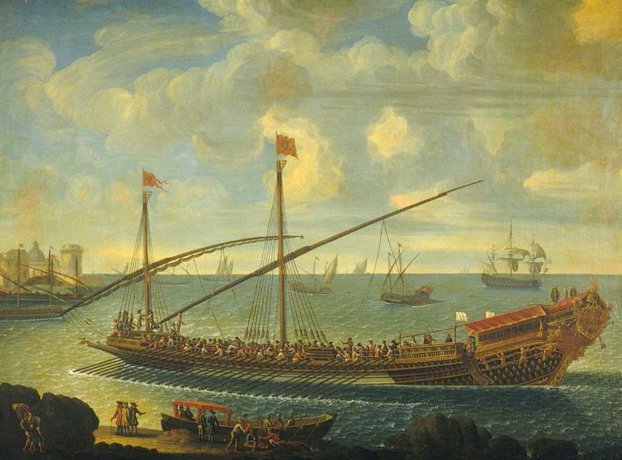
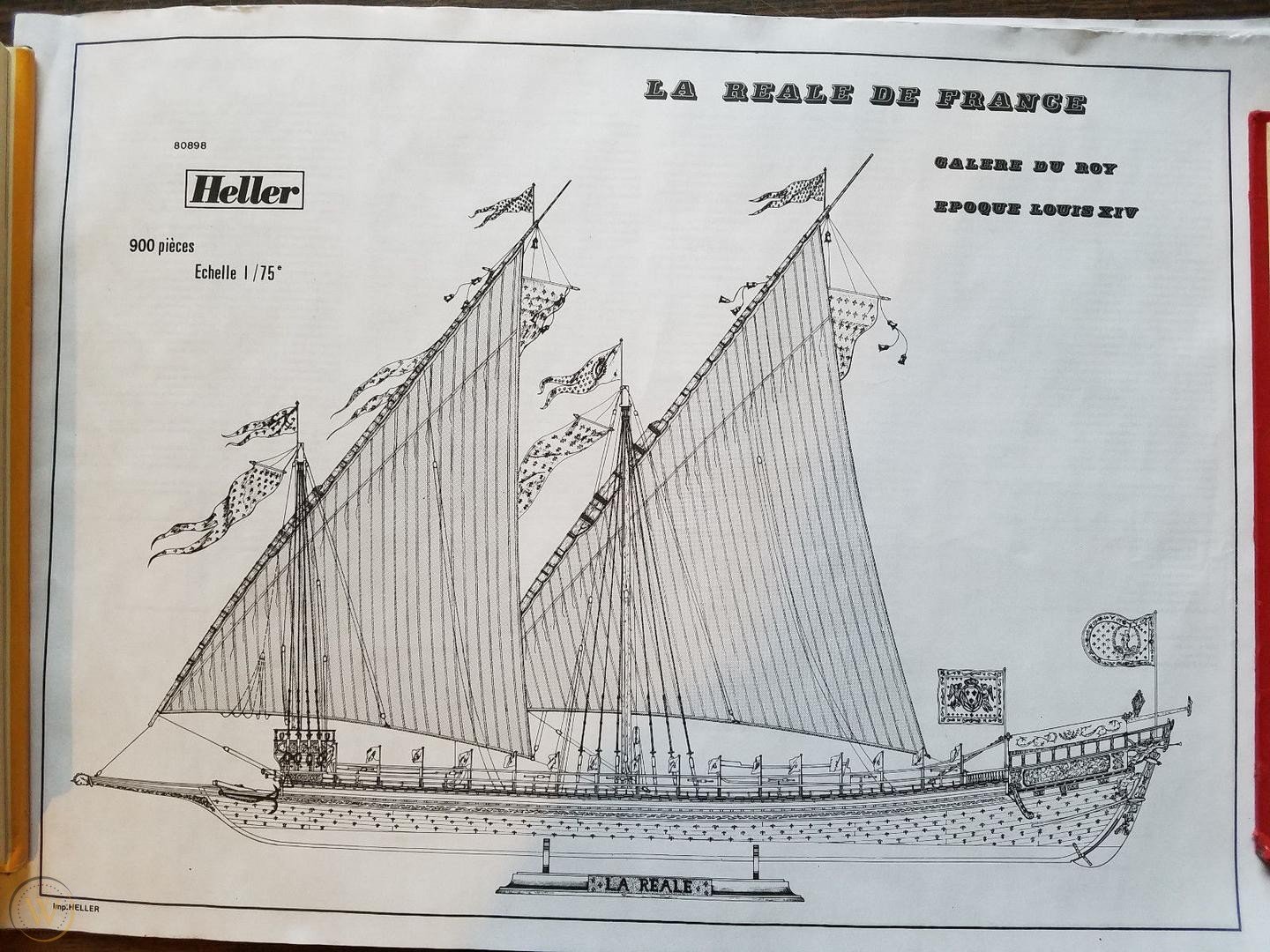
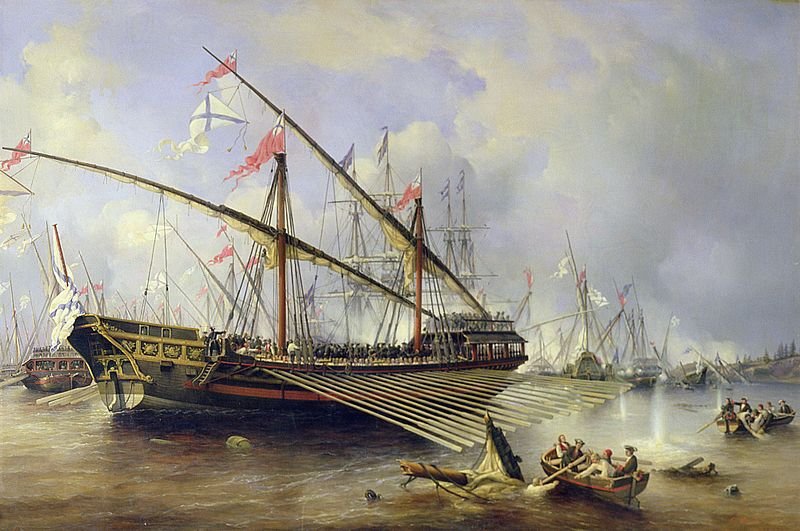
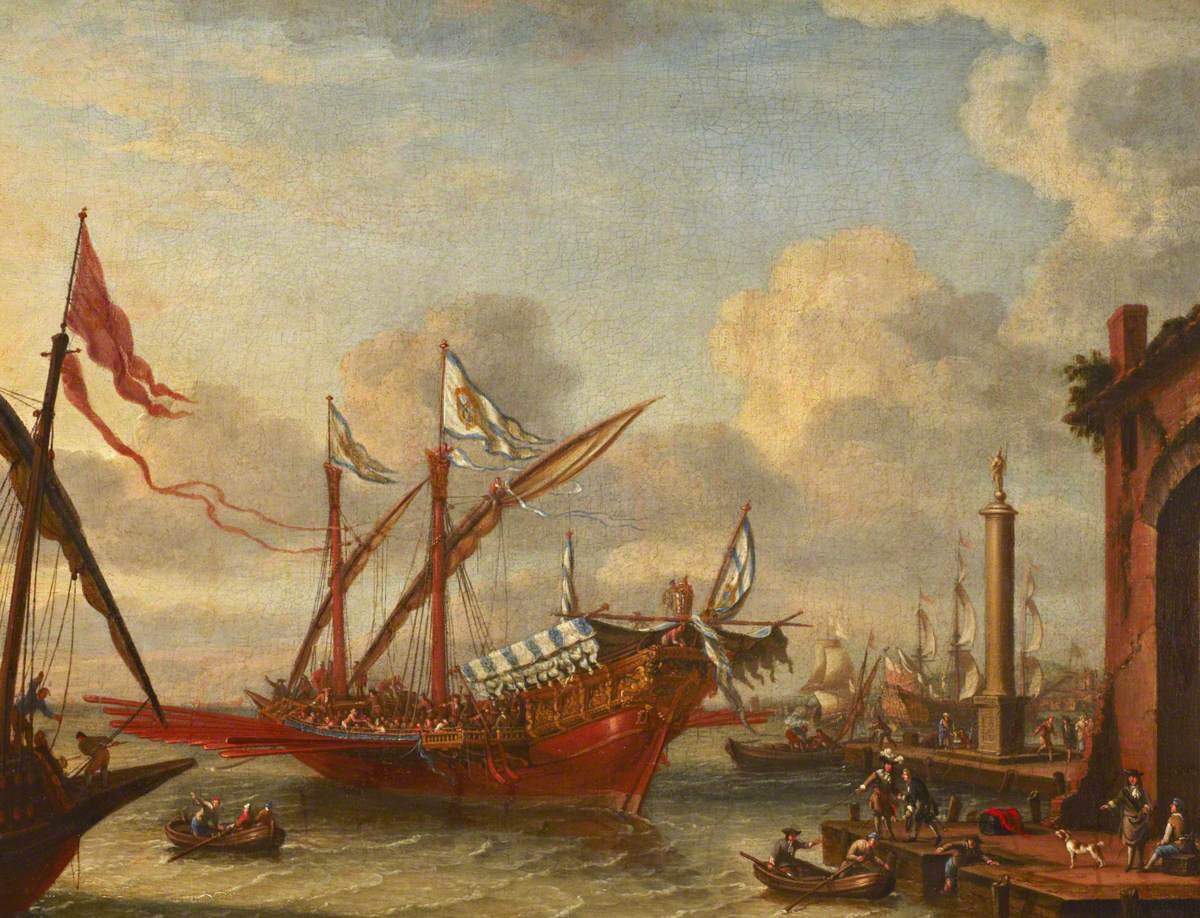

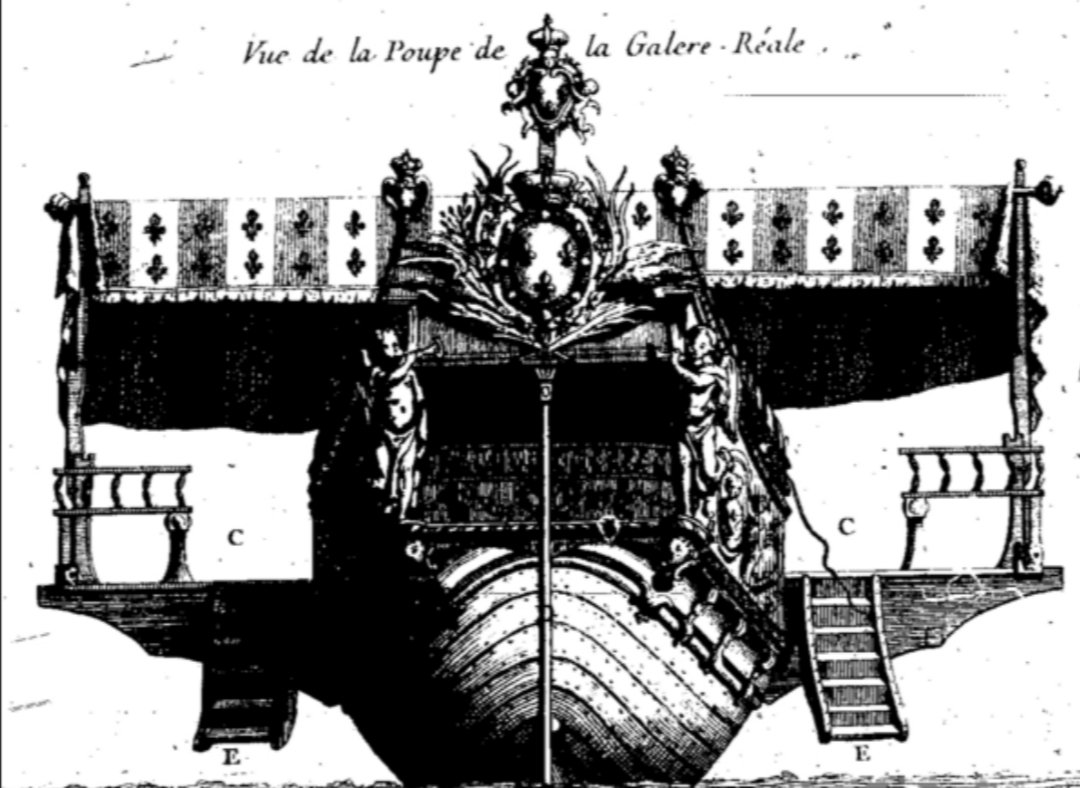
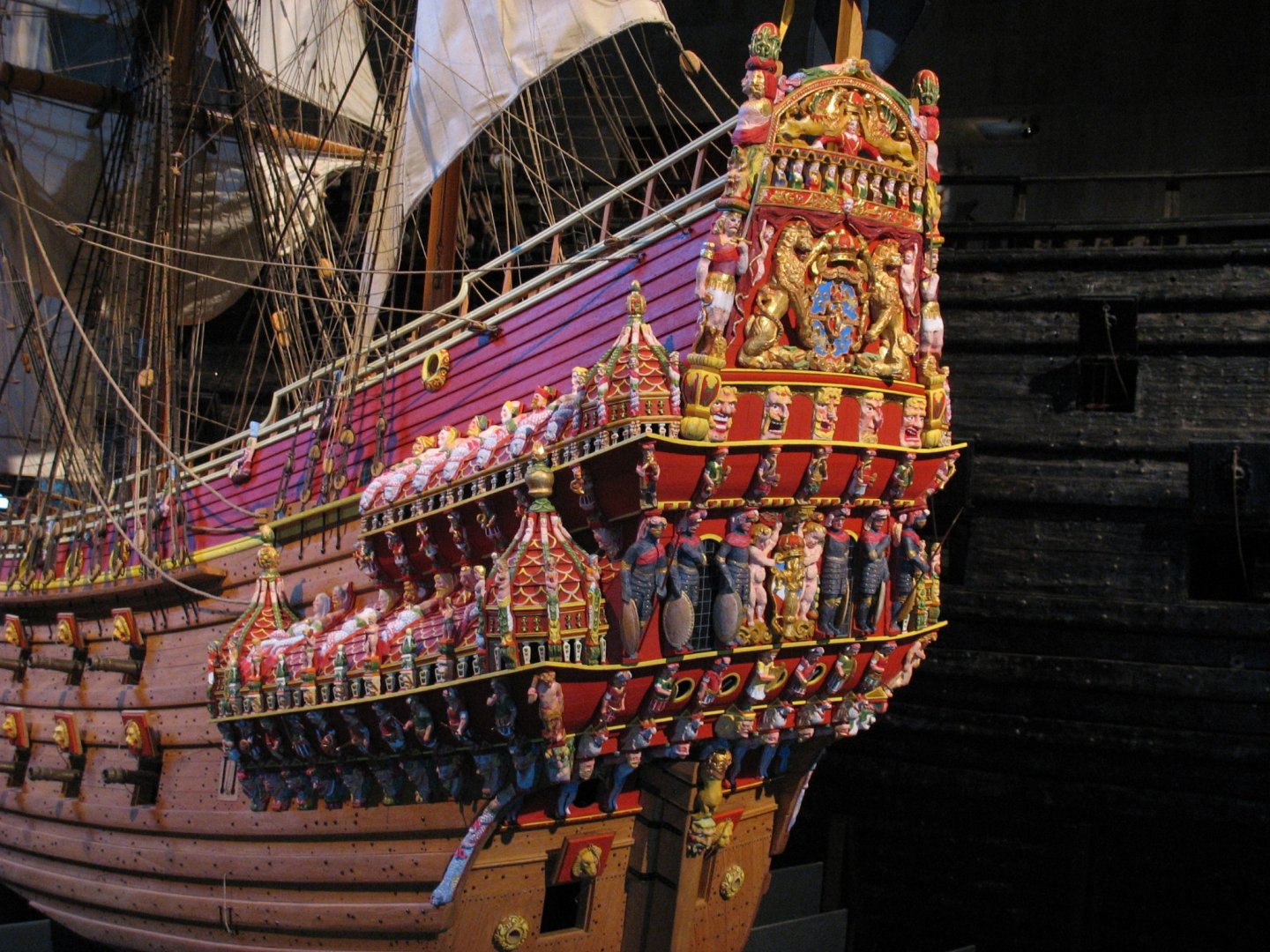
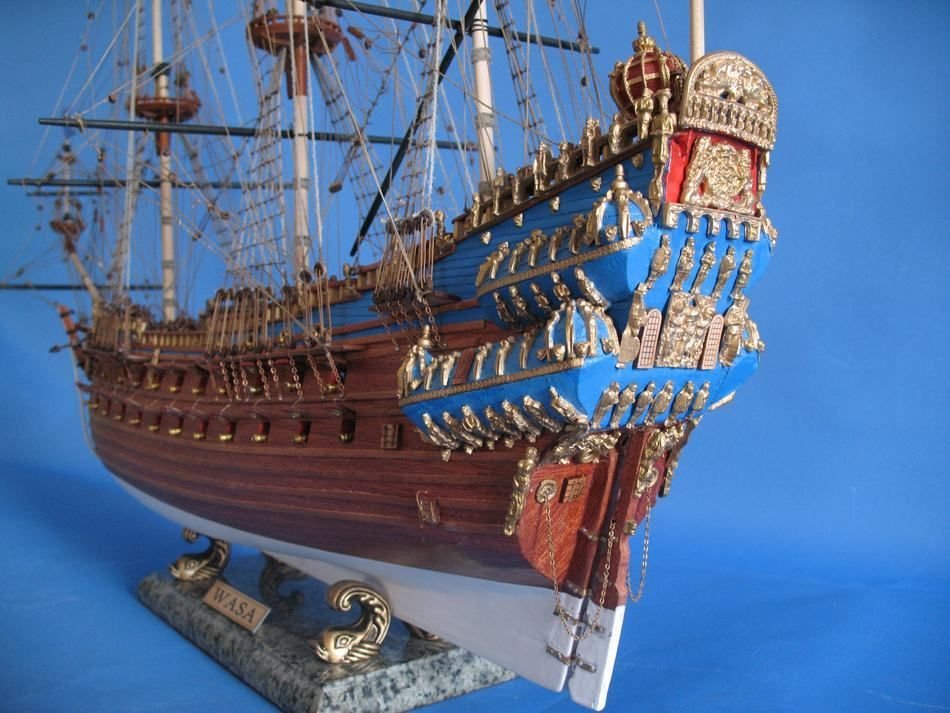
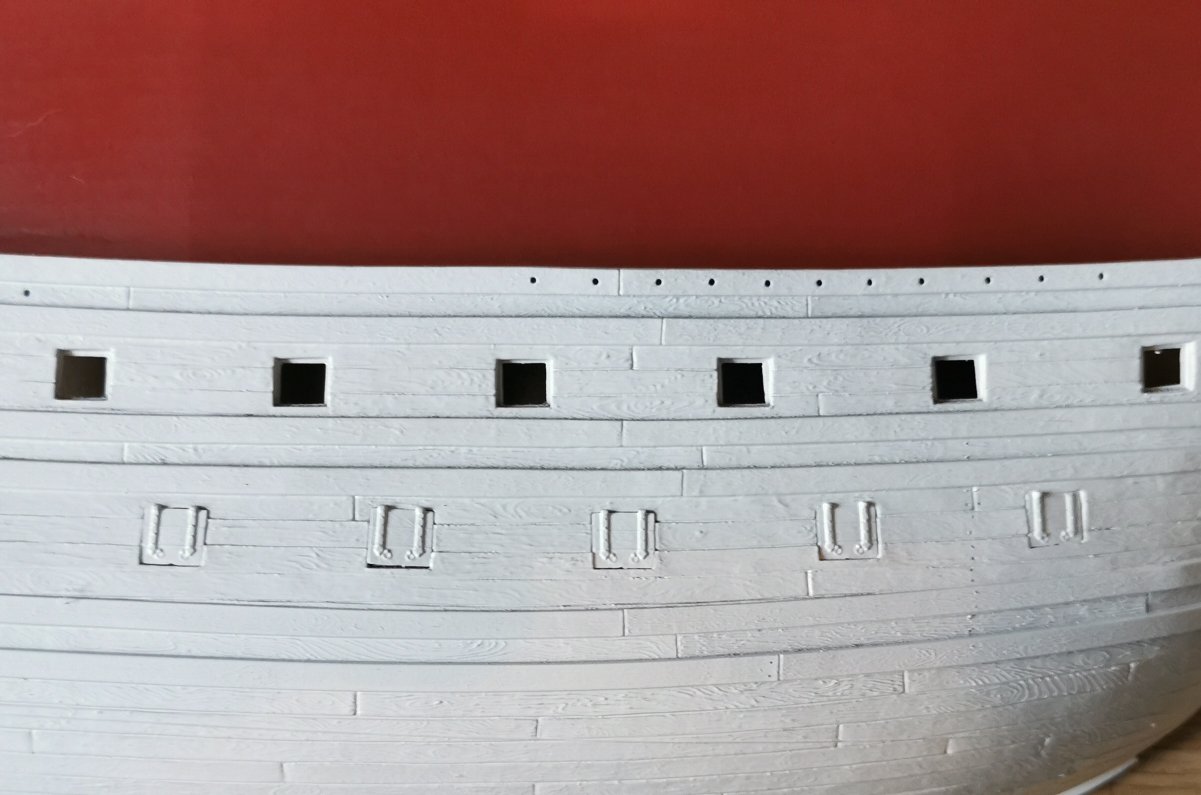
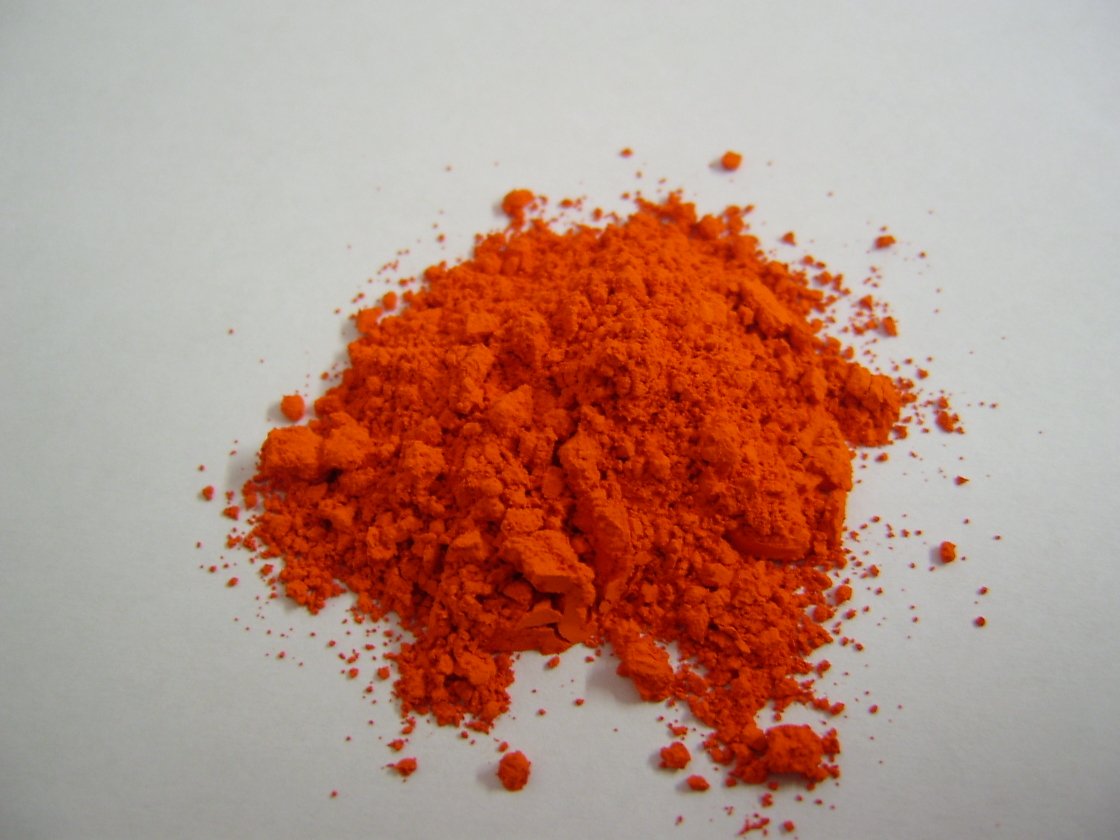
.png.8082a16f7f3cac7322084d258130754f.png)
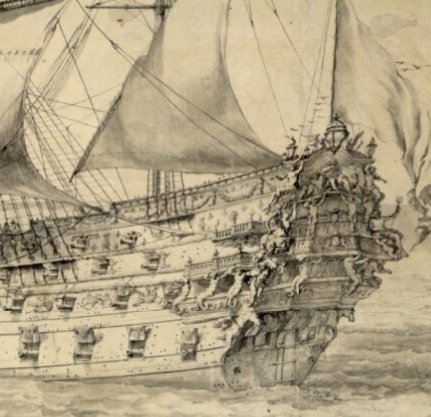
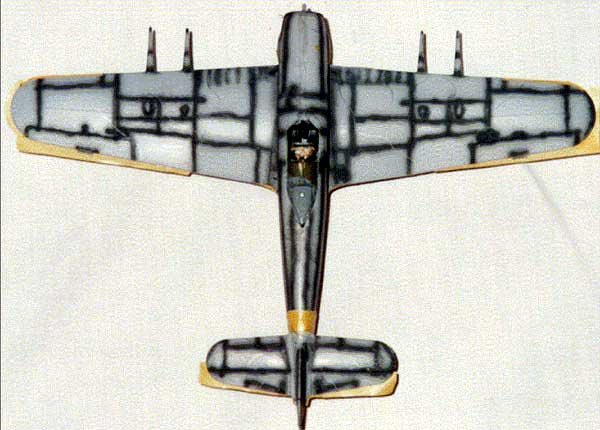
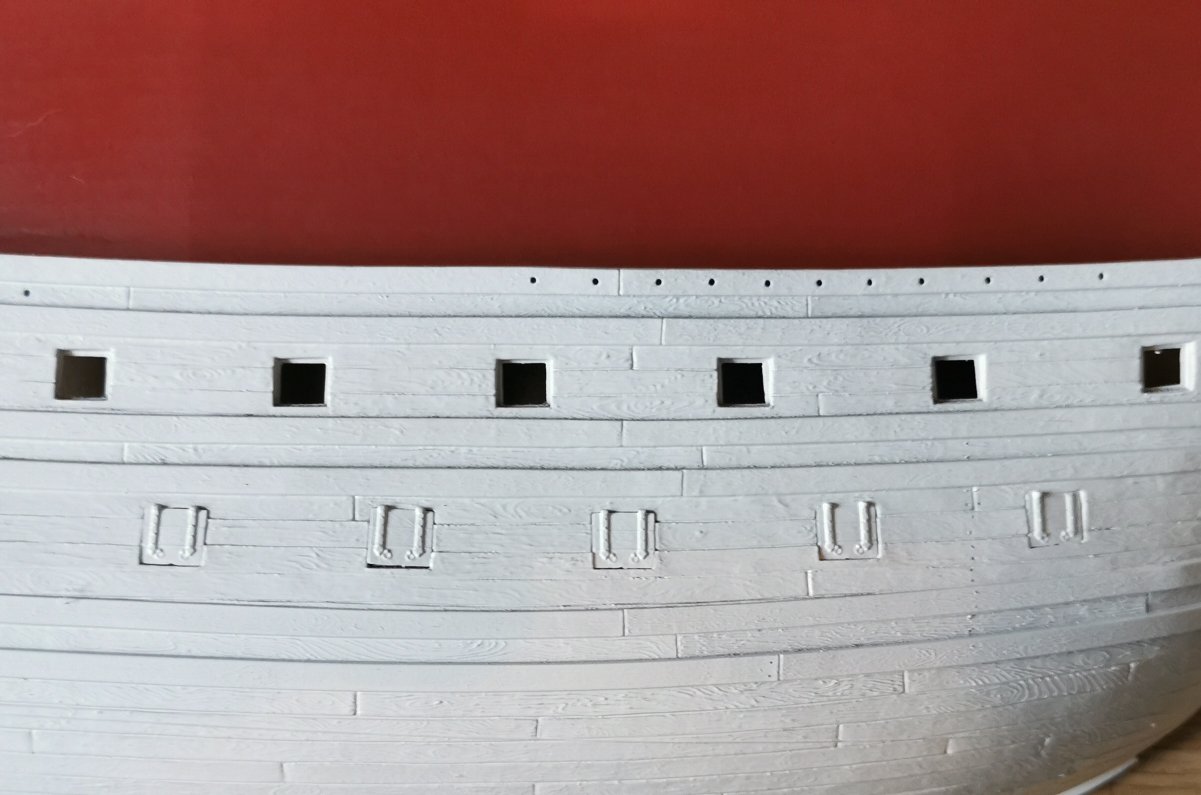

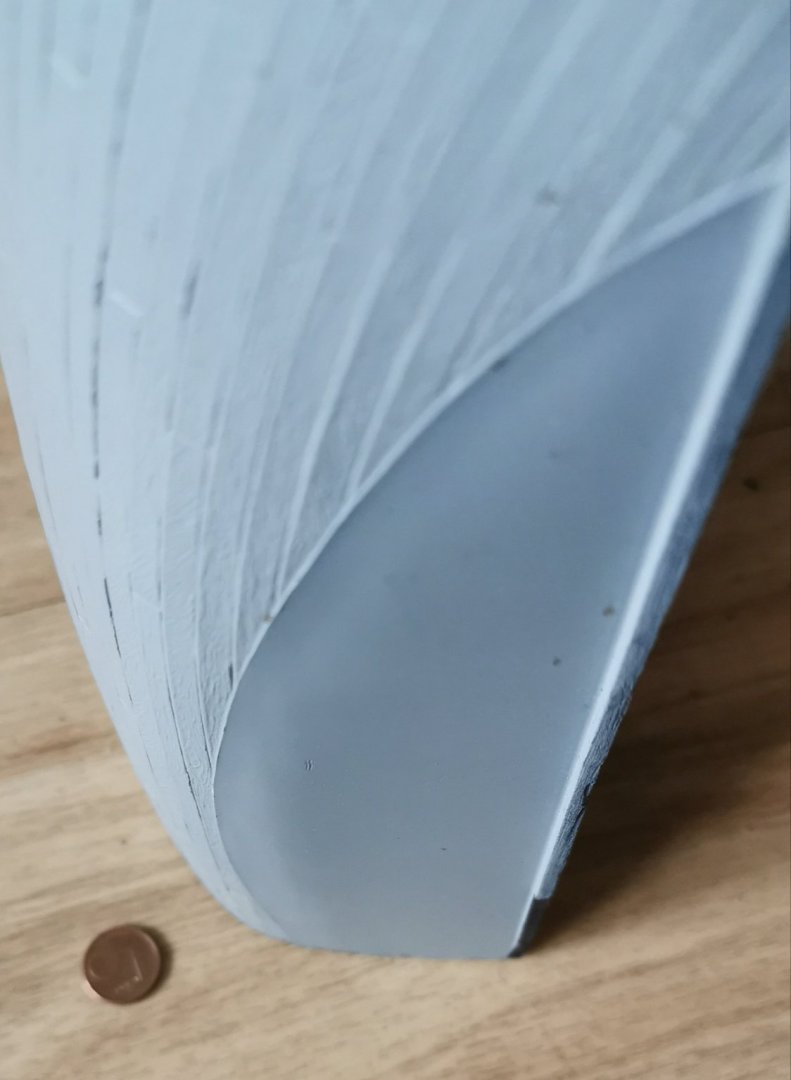
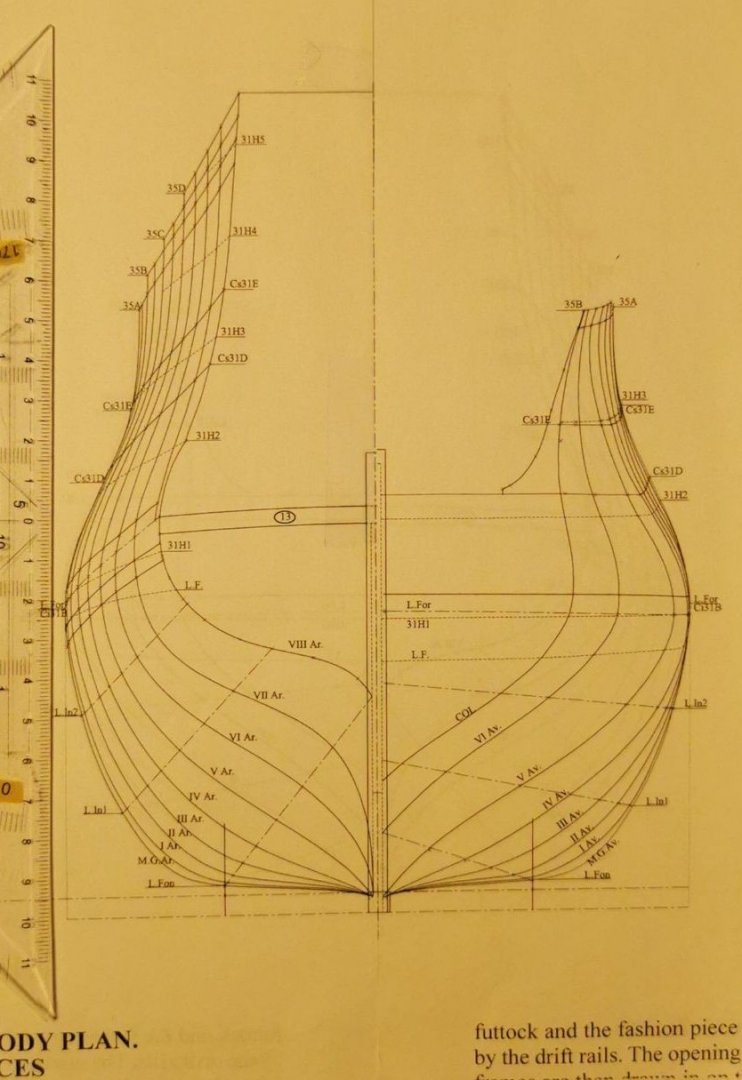
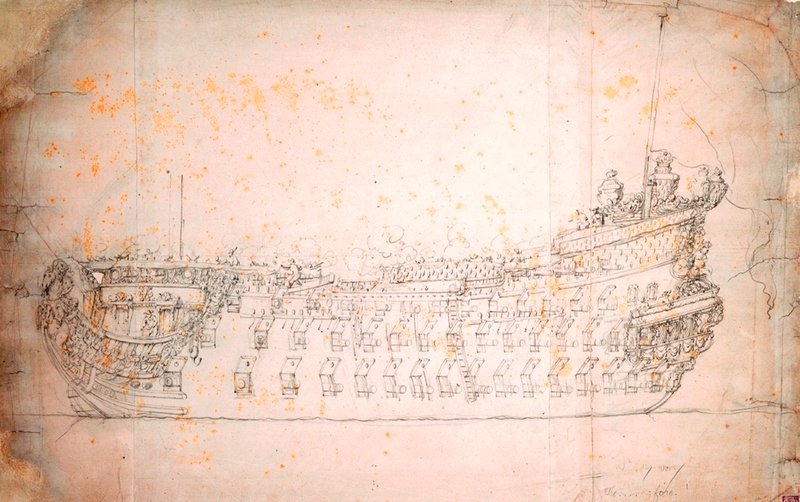
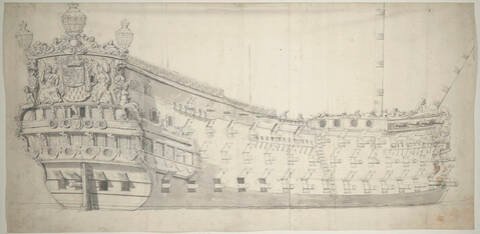
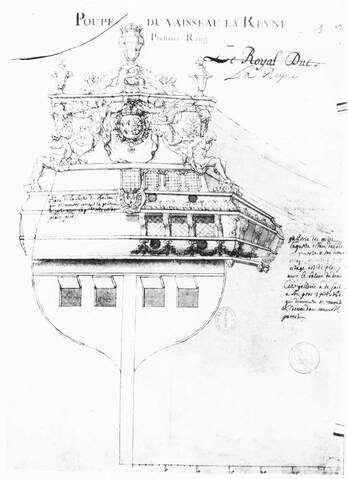
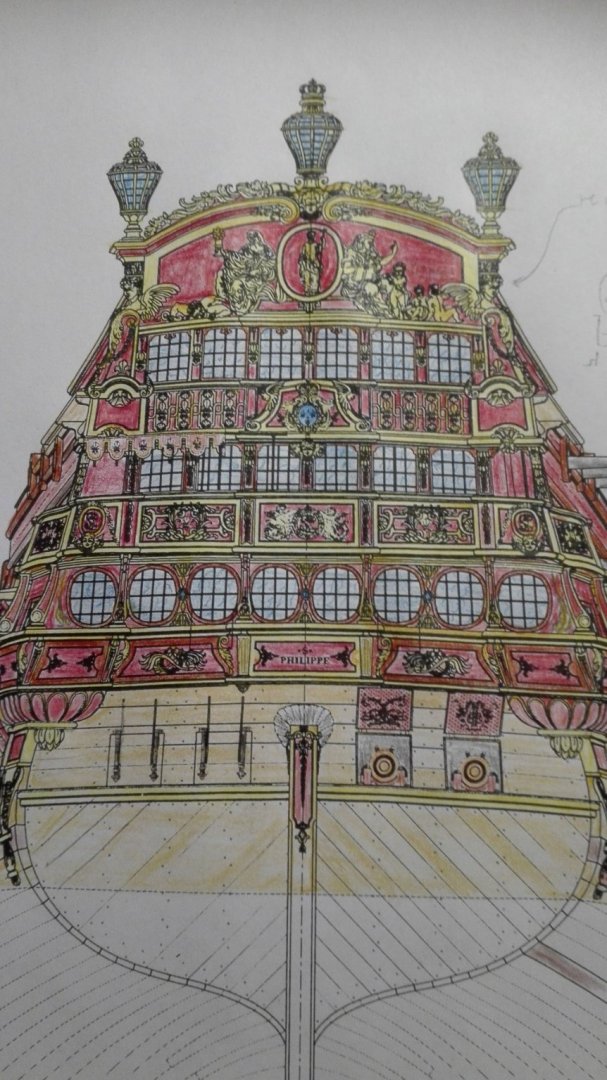
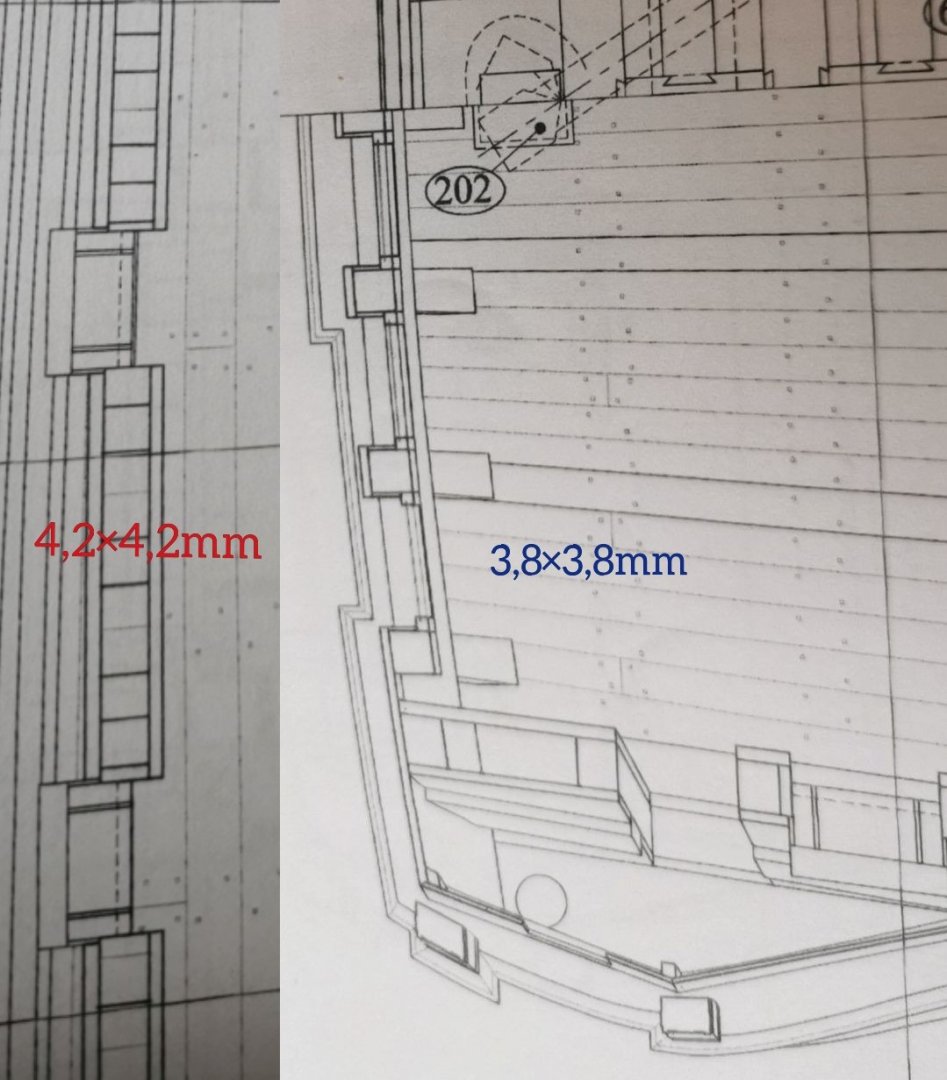
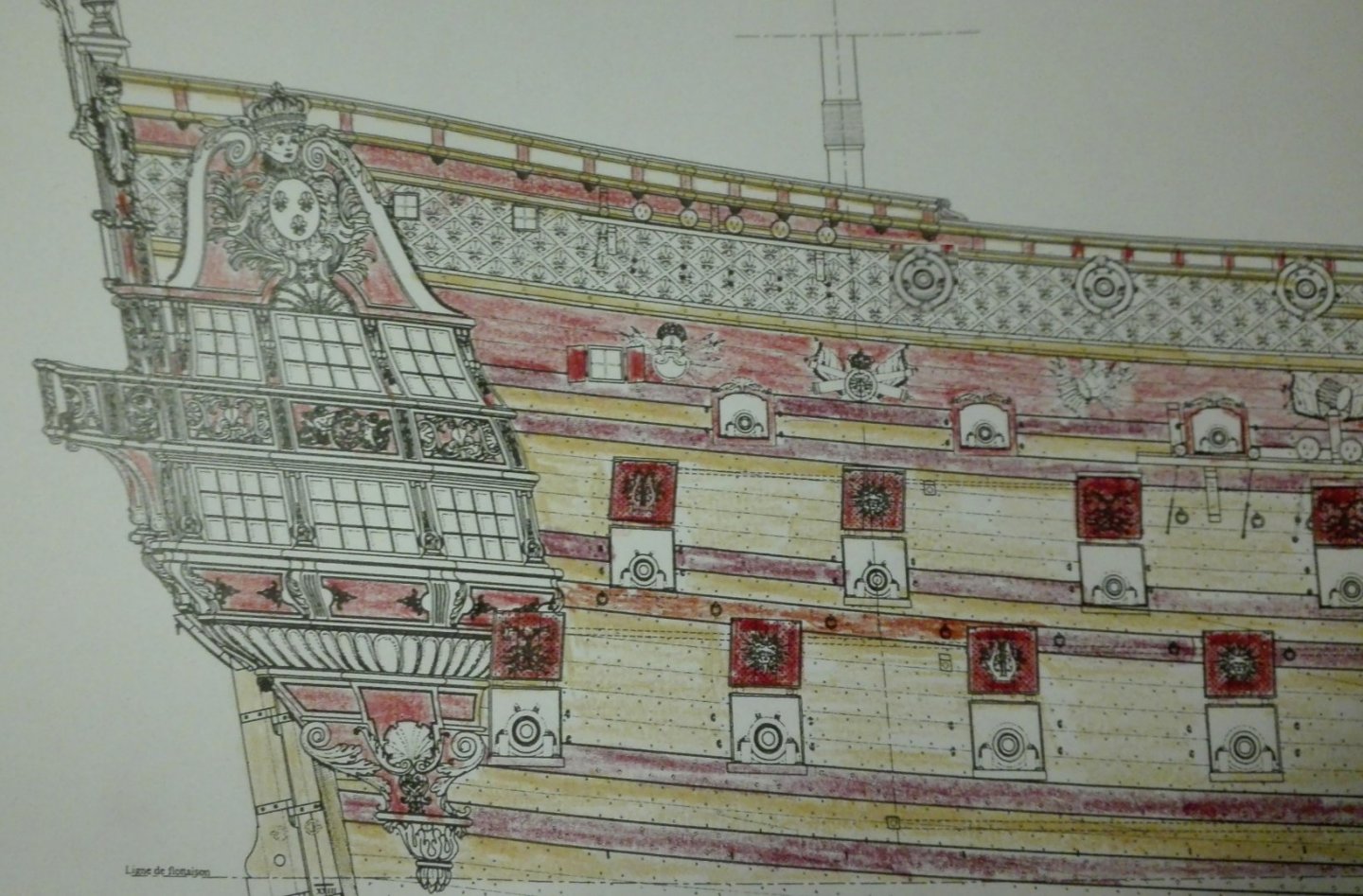
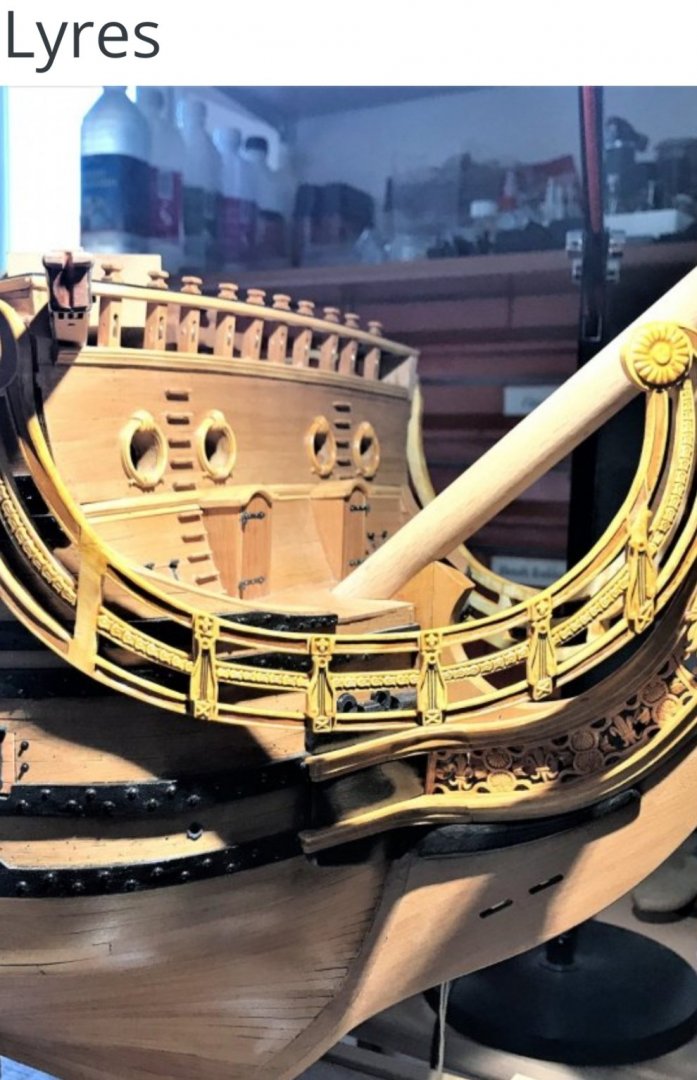
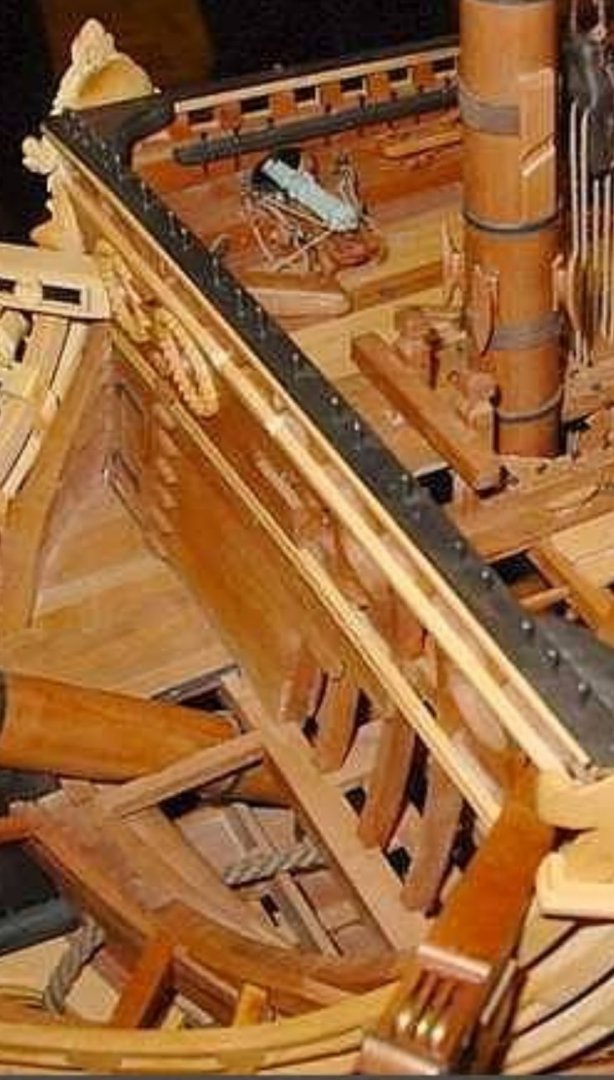
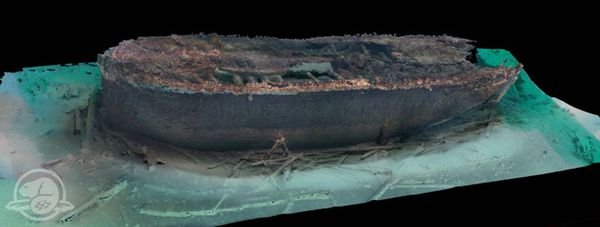
.jpg.fabd81e4d7d5166e7eb4a749319e2af8.jpg)
.jpg.b8dbe885d443372fd355d4aae51ac945.jpg)

